Post Syndicated from Rushabh Lokhande original https://aws.amazon.com/blogs/big-data/simplify-aws-glue-job-orchestration-and-monitoring-with-amazon-mwaa/
Organizations across all industries have complex data processing requirements for their analytical use cases across different analytics systems, such as data lakes on AWS, data warehouses (Amazon Redshift), search (Amazon OpenSearch Service), NoSQL (Amazon DynamoDB), machine learning (Amazon SageMaker), and more. Analytics professionals are tasked with deriving value from data stored in these distributed systems to create better, secure, and cost-optimized experiences for their customers. For example, digital media companies seek to combine and process datasets in internal and external databases to build unified views of their customer profiles, spur ideas for innovative features, and increase platform engagement.
In these scenarios, customers looking for a serverless data integration offering use AWS Glue as a core component for processing and cataloging data. AWS Glue is well integrated with AWS services and partner products, and provides low-code/no-code extract, transform, and load (ETL) options to enable analytics, machine learning (ML), or application development workflows. AWS Glue ETL jobs may be one component in a more complex pipeline. Orchestrating the run of and managing dependencies between these components is a key capability in a data strategy. Amazon Managed Workflows for Apache Airflows (Amazon MWAA) orchestrates data pipelines using distributed technologies including on-premises resources, AWS services, and third-party components.
In this post, we show how to simplify monitoring an AWS Glue job orchestrated by Airflow using the latest features of Amazon MWAA.
Overview of solution
This post discusses the following:
- How to upgrade an Amazon MWAA environment to version 2.4.3.
- How to orchestrate an AWS Glue job from an Airflow Directed Acyclic Graph (DAG).
- The Airflow Amazon provider package’s observability enhancements in Amazon MWAA. You can now consolidate run logs of AWS Glue jobs on the Airflow console to simplify troubleshooting data pipelines. The Amazon MWAA console becomes a single reference to monitor and analyze AWS Glue job runs. Previously, support teams needed to access the AWS Management Console and take manual steps for this visibility. This feature is available by default from Amazon MWAA version 2.4.3.
The following diagram illustrates our solution architecture.

Prerequisites
You need the following prerequisites:
Set up the Amazon MWAA environment
For instructions on creating your environment, refer to Create an Amazon MWAA environment. For existing users, we recommend upgrading to version 2.4.3 to take advantage of the observability enhancements featured in this post.
The steps to upgrade Amazon MWAA to version 2.4.3 differ depending on whether the current version is 1.10.12 or 2.2.2. We discuss both options in this post.
Prerequisites for setting up an Amazon MWAA environment
You must meet the following prerequisites:
Upgrade from version 1.10.12 to 2.4.3
If you’re using Amazon MWAA version 1.10.12, refer to Migrating to a new Amazon MWAA environment to upgrade to 2.4.3.
Upgrade from version 2.0.2 or 2.2.2 to 2.4.3
If you’re using Amazon MWAA environment version 2.2.2 or lower, complete the following steps:
- Create a requirements.txt for any custom dependencies with specific versions required for your DAGs.
- Upload the file to Amazon S3 in the appropriate location where the Amazon MWAA environment points to the requirements.txt for installing dependencies.
- Follow the steps in Migrating to a new Amazon MWAA environment and select version 2.4.3.
Update your DAGs
Customers who upgraded from an older Amazon MWAA environment may need to make updates to existing DAGs. In Airflow version 2.4.3, the Airflow environment will use the Amazon provider package version 6.0.0 by default. This package may include some potentially breaking changes, such as changes to operator names. For example, the AWSGlueJobOperator has been deprecated and replaced with the GlueJobOperator. To maintain compatibility, update your Airflow DAGs by replacing any deprecated or unsupported operators from previous versions with the new ones. Complete the following steps:
- Navigate to Amazon AWS Operators.
- Select the appropriate version installed in your Amazon MWAA instance (6.0.0. by default) to find a list of supported Airflow operators.
- Make the necessary changes in the existing DAG code and upload the modified files to the DAG location in Amazon S3.
Orchestrate the AWS Glue job from Airflow
This section covers the details of orchestrating an AWS Glue job within Airflow DAGs. Airflow eases the development of data pipelines with dependencies between heterogeneous systems such as on-premises processes, external dependencies, other AWS services, and more.
Orchestrate CloudTrail log aggregation with AWS Glue and Amazon MWAA
In this example, we go through a use case of using Amazon MWAA to orchestrate an AWS Glue Python Shell job that persists aggregated metrics based on CloudTrail logs.
CloudTrail enables visibility into AWS API calls that are being made in your AWS account. A common use case with this data would be to gather usage metrics on principals acting on your account’s resources for auditing and regulatory needs.
As CloudTrail events are being logged, they are delivered as JSON files in Amazon S3, which aren’t ideal for analytical queries. We want to aggregate this data and persist it as Parquet files to allow for optimal query performance. As an initial step, we can use Athena to do the initial querying of the data before doing additional aggregations in our AWS Glue job. For more information about creating an AWS Glue Data Catalog table, refer to Creating the table for CloudTrail logs in Athena using partition projection data. After we’ve explored the data via Athena and decided what metrics we want to retain in aggregate tables, we can create an AWS Glue job.
Create an CloudTrail table in Athena
First, we need to create a table in our Data Catalog that allows CloudTrail data to be queried via Athena. The following sample query creates a table with two partitions on the Region and date (called snapshot_date). Be sure to replace the placeholders for your CloudTrail bucket, AWS account ID, and CloudTrail table name:
create external table if not exists `<<<CLOUDTRAIL_TABLE_NAME>>>`(
`eventversion` string comment 'from deserializer',
`useridentity` struct<type:string,principalid:string,arn:string,accountid:string,invokedby:string,accesskeyid:string,username:string,sessioncontext:struct<attributes:struct<mfaauthenticated:string,creationdate:string>,sessionissuer:struct<type:string,principalid:string,arn:string,accountid:string,username:string>>> comment 'from deserializer',
`eventtime` string comment 'from deserializer',
`eventsource` string comment 'from deserializer',
`eventname` string comment 'from deserializer',
`awsregion` string comment 'from deserializer',
`sourceipaddress` string comment 'from deserializer',
`useragent` string comment 'from deserializer',
`errorcode` string comment 'from deserializer',
`errormessage` string comment 'from deserializer',
`requestparameters` string comment 'from deserializer',
`responseelements` string comment 'from deserializer',
`additionaleventdata` string comment 'from deserializer',
`requestid` string comment 'from deserializer',
`eventid` string comment 'from deserializer',
`resources` array<struct<arn:string,accountid:string,type:string>> comment 'from deserializer',
`eventtype` string comment 'from deserializer',
`apiversion` string comment 'from deserializer',
`readonly` string comment 'from deserializer',
`recipientaccountid` string comment 'from deserializer',
`serviceeventdetails` string comment 'from deserializer',
`sharedeventid` string comment 'from deserializer',
`vpcendpointid` string comment 'from deserializer')
PARTITIONED BY (
`region` string,
`snapshot_date` string)
ROW FORMAT SERDE
'com.amazon.emr.hive.serde.CloudTrailSerde'
STORED AS INPUTFORMAT
'com.amazon.emr.cloudtrail.CloudTrailInputFormat'
OUTPUTFORMAT
'org.apache.hadoop.hive.ql.io.HiveIgnoreKeyTextOutputFormat'
LOCATION
's3://<<<CLOUDTRAIL_BUCKET>>>/AWSLogs/<<<ACCOUNT_ID>>>/CloudTrail/'
TBLPROPERTIES (
'projection.enabled'='true',
'projection.region.type'='enum',
'projection.region.values'='us-east-2,us-east-1,us-west-1,us-west-2,af-south-1,ap-east-1,ap-south-1,ap-northeast-3,ap-northeast-2,ap-southeast-1,ap-southeast-2,ap-northeast-1,ca-central-1,eu-central-1,eu-west-1,eu-west-2,eu-south-1,eu-west-3,eu-north-1,me-south-1,sa-east-1',
'projection.snapshot_date.format'='yyyy/mm/dd',
'projection.snapshot_date.interval'='1',
'projection.snapshot_date.interval.unit'='days',
'projection.snapshot_date.range'='2020/10/01,now',
'projection.snapshot_date.type'='date',
'storage.location.template'='s3://<<<CLOUDTRAIL_BUCKET>>>/AWSLogs/<<<ACCOUNT_ID>>>/CloudTrail/${region}/${snapshot_date}')
Run the preceding query on the Athena console, and note the table name and AWS Glue Data Catalog database where it was created. We use these values later in the Airflow DAG code.
Sample AWS Glue job code
The following code is a sample AWS Glue Python Shell job that does the following:
- Takes arguments (which we pass from our Amazon MWAA DAG) on what day’s data to process
- Uses the AWS SDK for Pandas to run an Athena query to do the initial filtering of the CloudTrail JSON data outside AWS Glue
- Uses Pandas to do simple aggregations on the filtered data
- Outputs the aggregated data to the AWS Glue Data Catalog in a table
- Uses logging during processing, which will be visible in Amazon MWAA
import awswrangler as wr
import pandas as pd
import sys
import logging
from awsglue.utils import getResolvedOptions
from datetime import datetime, timedelta
# Logging setup, redirects all logs to stdout
LOGGER = logging.getLogger()
formatter = logging.Formatter('%(asctime)s.%(msecs)03d %(levelname)s %(module)s - %(funcName)s: %(message)s')
streamHandler = logging.StreamHandler(sys.stdout)
streamHandler.setFormatter(formatter)
LOGGER.addHandler(streamHandler)
LOGGER.setLevel(logging.INFO)
LOGGER.info(f"Passed Args :: {sys.argv}")
sql_query_template = """
select
region,
useridentity.arn,
eventsource,
eventname,
useragent
from "{cloudtrail_glue_db}"."{cloudtrail_table}"
where snapshot_date='{process_date}'
and region in ('us-east-1','us-east-2')
"""
required_args = ['CLOUDTRAIL_GLUE_DB',
'CLOUDTRAIL_TABLE',
'TARGET_BUCKET',
'TARGET_DB',
'TARGET_TABLE',
'ACCOUNT_ID']
arg_keys = [*required_args, 'PROCESS_DATE'] if '--PROCESS_DATE' in sys.argv else required_args
JOB_ARGS = getResolvedOptions ( sys.argv, arg_keys)
LOGGER.info(f"Parsed Args :: {JOB_ARGS}")
# if process date was not passed as an argument, process yesterday's data
process_date = (
JOB_ARGS['PROCESS_DATE']
if JOB_ARGS.get('PROCESS_DATE','NONE') != "NONE"
else (datetime.today() - timedelta(days=1)).strftime("%Y-%m-%d")
)
LOGGER.info(f"Taking snapshot for :: {process_date}")
RAW_CLOUDTRAIL_DB = JOB_ARGS['CLOUDTRAIL_GLUE_DB']
RAW_CLOUDTRAIL_TABLE = JOB_ARGS['CLOUDTRAIL_TABLE']
TARGET_BUCKET = JOB_ARGS['TARGET_BUCKET']
TARGET_DB = JOB_ARGS['TARGET_DB']
TARGET_TABLE = JOB_ARGS['TARGET_TABLE']
ACCOUNT_ID = JOB_ARGS['ACCOUNT_ID']
final_query = sql_query_template.format(
process_date=process_date.replace("-","/"),
cloudtrail_glue_db=RAW_CLOUDTRAIL_DB,
cloudtrail_table=RAW_CLOUDTRAIL_TABLE
)
LOGGER.info(f"Running Query :: {final_query}")
raw_cloudtrail_df = wr.athena.read_sql_query(
sql=final_query,
database=RAW_CLOUDTRAIL_DB,
ctas_approach=False,
s3_output=f"s3://{TARGET_BUCKET}/athena-results",
)
raw_cloudtrail_df['ct']=1
agg_df = raw_cloudtrail_df.groupby(['arn','region','eventsource','eventname','useragent'],as_index=False).agg({'ct':'sum'})
agg_df['snapshot_date']=process_date
LOGGER.info(agg_df.info(verbose=True))
upload_path = f"s3://{TARGET_BUCKET}/{TARGET_DB}/{TARGET_TABLE}"
if not agg_df.empty:
LOGGER.info(f"Upload to {upload_path}")
try:
response = wr.s3.to_parquet(
df=agg_df,
path=upload_path,
dataset=True,
database=TARGET_DB,
table=TARGET_TABLE,
mode="overwrite_partitions",
schema_evolution=True,
partition_cols=["snapshot_date"],
compression="snappy",
index=False
)
LOGGER.info(response)
except Exception as exc:
LOGGER.error("Uploading to S3 failed")
LOGGER.exception(exc)
raise exc
else:
LOGGER.info(f"Dataframe was empty, nothing to upload to {upload_path}")
The following are some key advantages in this AWS Glue job:
- We use an Athena query to ensure initial filtering is done outside of our AWS Glue job. As such, a Python Shell job with minimal compute is still sufficient for aggregating a large CloudTrail dataset.
- We ensure the analytics library-set option is turned on when creating our AWS Glue job to use the AWS SDK for Pandas library.
Create an AWS Glue job
Complete the following steps to create your AWS Glue job:
- Copy the script in the preceding section and save it in a local file. For this post, the file is called
script.py.
- On the AWS Glue console, choose ETL jobs in the navigation pane.
- Create a new job and select Python Shell script editor.
- Select Upload and edit an existing script and upload the file you saved locally.
- Choose Create.

- On the Job details tab, enter a name for your AWS Glue job.
- For IAM role, choose an existing role or create a new role that has the required permissions for Amazon S3, AWS Glue, and Athena. The role needs to query the CloudTrail table you created earlier and write to an output location.
You can use the following sample policy code. Replace the placeholders with your CloudTrail logs bucket, output table name, output AWS Glue database, output S3 bucket, CloudTrail table name, AWS Glue database containing the CloudTrail table, and your AWS account ID.
{
"Version": "2012-10-17",
"Statement": [
{
"Action": [
"s3:List*",
"s3:Get*"
],
"Resource": [
"arn:aws:s3:::<<<CLOUDTRAIL_LOGS_BUCKET>>>/*",
"arn:aws:s3:::<<<CLOUDTRAIL_LOGS_BUCKET>>>*"
],
"Effect": "Allow",
"Sid": "GetS3CloudtrailData"
},
{
"Action": [
"glue:Get*",
"glue:BatchGet*"
],
"Resource": [
"arn:aws:glue:us-east-1:<<<YOUR_AWS_ACCT_ID>>>:catalog",
"arn:aws:glue:us-east-1:<<<YOUR_AWS_ACCT_ID>>>:database/<<<GLUE_DB_WITH_CLOUDTRAIL_TABLE>>>",
"arn:aws:glue:us-east-1:<<<YOUR_AWS_ACCT_ID>>>:table/<<<GLUE_DB_WITH_CLOUDTRAIL_TABLE>>>/<<<CLOUDTRAIL_TABLE>>>*"
],
"Effect": "Allow",
"Sid": "GetGlueCatalogCloudtrailData"
},
{
"Action": [
"s3:PutObject*",
"s3:Abort*",
"s3:DeleteObject*",
"s3:GetObject*",
"s3:GetBucket*",
"s3:List*",
"s3:Head*"
],
"Resource": [
"arn:aws:s3:::<<<OUTPUT_S3_BUCKET>>>",
"arn:aws:s3:::<<<OUTPUT_S3_BUCKET>>>/<<<OUTPUT_GLUE_DB>>>/<<<OUTPUT_TABLE_NAME>>>/*"
],
"Effect": "Allow",
"Sid": "WriteOutputToS3"
},
{
"Action": [
"glue:CreateTable",
"glue:CreatePartition",
"glue:UpdatePartition",
"glue:UpdateTable",
"glue:DeleteTable",
"glue:DeletePartition",
"glue:BatchCreatePartition",
"glue:BatchDeletePartition",
"glue:Get*",
"glue:BatchGet*"
],
"Resource": [
"arn:aws:glue:us-east-1:<<<YOUR_AWS_ACCT_ID>>>:catalog",
"arn:aws:glue:us-east-1:<<<YOUR_AWS_ACCT_ID>>>:database/<<<OUTPUT_GLUE_DB>>>",
"arn:aws:glue:us-east-1:<<<YOUR_AWS_ACCT_ID>>>:table/<<<OUTPUT_GLUE_DB>>>/<<<OUTPUT_TABLE_NAME>>>*"
],
"Effect": "Allow",
"Sid": "AllowOutputToGlue"
},
{
"Action": [
"logs:CreateLogGroup",
"logs:CreateLogStream",
"logs:PutLogEvents"
],
"Resource": "arn:aws:logs:*:*:/aws-glue/*",
"Effect": "Allow",
"Sid": "LogsAccess"
},
{
"Action": [
"s3:GetObject*",
"s3:GetBucket*",
"s3:List*",
"s3:DeleteObject*",
"s3:PutObject",
"s3:PutObjectLegalHold",
"s3:PutObjectRetention",
"s3:PutObjectTagging",
"s3:PutObjectVersionTagging",
"s3:Abort*"
],
"Resource": [
"arn:aws:s3:::<<<ATHENA_RESULTS_BUCKET>>>",
"arn:aws:s3:::<<<ATHENA_RESULTS_BUCKET>>>/*"
],
"Effect": "Allow",
"Sid": "AccessToAthenaResults"
},
{
"Action": [
"athena:StartQueryExecution",
"athena:StopQueryExecution",
"athena:GetDataCatalog",
"athena:GetQueryResults",
"athena:GetQueryExecution"
],
"Resource": [
"arn:aws:glue:us-east-1:<<<YOUR_AWS_ACCT_ID>>>:catalog",
"arn:aws:athena:us-east-1:<<<YOUR_AWS_ACCT_ID>>>:datacatalog/AwsDataCatalog",
"arn:aws:athena:us-east-1:<<<YOUR_AWS_ACCT_ID>>>:workgroup/primary"
],
"Effect": "Allow",
"Sid": "AllowAthenaQuerying"
}
]
}
For Python version, choose Python 3.9.
- Select Load common analytics libraries.
- For Data processing units, choose 1 DPU.
- Leave the other options as default or adjust as needed.

- Choose Save to save your job configuration.
Configure an Amazon MWAA DAG to orchestrate the AWS Glue job
The following code is for a DAG that can orchestrate the AWS Glue job that we created. We take advantage of the following key features in this DAG:
"""Sample DAG"""
import airflow.utils
from airflow.providers.amazon.aws.operators.glue import GlueJobOperator
from airflow import DAG
from datetime import timedelta
import airflow.utils
# allow backfills via DAG run parameters
process_date = '{{ dag_run.conf.get("process_date") if dag_run.conf.get("process_date") else "NONE" }}'
dag = DAG(
dag_id = "CLOUDTRAIL_LOGS_PROCESSING",
default_args = {
'depends_on_past':False,
'start_date':airflow.utils.dates.days_ago(0),
'retries':1,
'retry_delay':timedelta(minutes=5),
'catchup': False
},
schedule_interval = None, # None for unscheduled or a cron expression - E.G. "00 12 * * 2" - at 12noon Tuesday
dagrun_timeout = timedelta(minutes=30),
max_active_runs = 1,
max_active_tasks = 1 # since there is only one task in our DAG
)
## Log ingest. Assumes Glue Job is already created
glue_ingestion_job = GlueJobOperator(
task_id="<<<some-task-id>>>",
job_name="<<<GLUE_JOB_NAME>>>",
script_args={
"--ACCOUNT_ID":"<<<YOUR_AWS_ACCT_ID>>>",
"--CLOUDTRAIL_GLUE_DB":"<<<GLUE_DB_WITH_CLOUDTRAIL_TABLE>>>",
"--CLOUDTRAIL_TABLE":"<<<CLOUDTRAIL_TABLE>>>",
"--TARGET_BUCKET": "<<<OUTPUT_S3_BUCKET>>>",
"--TARGET_DB": "<<<OUTPUT_GLUE_DB>>>", # should already exist
"--TARGET_TABLE": "<<<OUTPUT_TABLE_NAME>>>",
"--PROCESS_DATE": process_date
},
region_name="us-east-1",
dag=dag,
verbose=True
)
glue_ingestion_job
Increase observability of AWS Glue jobs in Amazon MWAA
The AWS Glue jobs write logs to Amazon CloudWatch. With the recent observability enhancements to Airflow’s Amazon provider package, these logs are now integrated with Airflow task logs. This consolidation provides Airflow users with end-to-end visibility directly in the Airflow UI, eliminating the need to search in CloudWatch or the AWS Glue console.
To use this feature, ensure the IAM role attached to the Amazon MWAA environment has the following permissions to retrieve and write the necessary logs:
{
"Version": "2012-10-17",
"Statement": [
{
"Effect": "Allow",
"Action": [
"logs:CreateLogGroup",
"logs:CreateLogStream",
"logs:PutLogEvents",
"logs:GetLogEvents",
"logs:GetLogRecord",
"logs:DescribeLogStreams",
"logs:FilterLogEvents",
"logs:GetLogGroupFields",
"logs:GetQueryResults",
],
"Resource": [
"arn:aws:logs:*:*:log-group:airflow-243-<<<Your environment name>>>-*"--Your Amazon MWAA Log Stream Name
]
}
]
}
If verbose=true, the AWS Glue job run logs show in the Airflow task logs. The default is false. For more information, refer to Parameters.
When enabled, the DAGs read from the AWS Glue job’s CloudWatch log stream and relay them to the Airflow DAG AWS Glue job step logs. This provides detailed insights into an AWS Glue job’s run in real time via the DAG logs. Note that AWS Glue jobs generate an output and error CloudWatch log group based on the job’s STDOUT and STDERR, respectively. All logs in the output log group and exception or error logs from the error log group are relayed into Amazon MWAA.
AWS admins can now limit a support team’s access to only Airflow, making Amazon MWAA the single pane of glass on job orchestration and job health management. Previously, users needed to check AWS Glue job run status in the Airflow DAG steps and retrieve the job run identifier. They then needed to access the AWS Glue console to find the job run history, search for the job of interest using the identifier, and finally navigate to the job’s CloudWatch logs to troubleshoot.
Create the DAG
To create the DAG, complete the following steps:
- Save the preceding DAG code to a local .py file, replacing the indicated placeholders.
The values for your AWS account ID, AWS Glue job name, AWS Glue database with CloudTrail table, and CloudTrail table name should already be known. You can adjust the output S3 bucket, output AWS Glue database, and output table name as needed, but make sure the AWS Glue job’s IAM role that you used earlier is configured accordingly.
- On the Amazon MWAA console, navigate to your environment to see where the DAG code is stored.
The DAGs folder is the prefix within the S3 bucket where your DAG file should be placed.
- Upload your edited file there.

- Open the Amazon MWAA console to confirm that the DAG appears in the table.

Run the DAG
To run the DAG, complete the following steps:
- Choose from the following options:
- Trigger DAG – This causes yesterday’s data to be used as the data to process
- Trigger DAG w/ config – With this option, you can pass in a different date, potentially for backfills, which is retrieved using
dag_run.conf in the DAG code and then passed into the AWS Glue job as a parameter

The following screenshot shows the additional configuration options if you choose Trigger DAG w/ config.

- Monitor the DAG as it runs.
- When the DAG is complete, open the run’s details.
On the right pane, you can view the logs, or choose Task Instance Details for a full view.

- View the AWS Glue job output logs in Amazon MWAA without using the AWS Glue console thanks to the
GlueJobOperator verbose flag.

The AWS Glue job will have written results to the output table you specified.
- Query this table via Athena to confirm it was successful.

Summary
Amazon MWAA now provides a single place to track AWS Glue job status and enables you to use the Airflow console as the single pane of glass for job orchestration and health management. In this post, we walked through the steps to orchestrate AWS Glue jobs via Airflow using GlueJobOperator. With the new observability enhancements, you can seamlessly troubleshoot AWS Glue jobs in a unified experience. We also demonstrated how to upgrade your Amazon MWAA environment to a compatible version, update dependencies, and change the IAM role policy accordingly.
For more information about common troubleshooting steps, refer to Troubleshooting: Creating and updating an Amazon MWAA environment. For in-depth details of migrating to an Amazon MWAA environment, refer to Upgrading from 1.10 to 2. To learn about the open-source code changes for increased observability of AWS Glue jobs in the Airflow Amazon provider package, refer to the relay logs from AWS Glue jobs.
Finally, we recommend visiting the AWS Big Data Blog for other material on analytics, ML, and data governance on AWS.
About the Authors
 Rushabh Lokhande is a Data & ML Engineer with the AWS Professional Services Analytics Practice. He helps customers implement big data, machine learning, and analytics solutions. Outside of work, he enjoys spending time with family, reading, running, and golf.
Rushabh Lokhande is a Data & ML Engineer with the AWS Professional Services Analytics Practice. He helps customers implement big data, machine learning, and analytics solutions. Outside of work, he enjoys spending time with family, reading, running, and golf.
 Ryan Gomes is a Data & ML Engineer with the AWS Professional Services Analytics Practice. He is passionate about helping customers achieve better outcomes through analytics and machine learning solutions in the cloud. Outside of work, he enjoys fitness, cooking, and spending quality time with friends and family.
Ryan Gomes is a Data & ML Engineer with the AWS Professional Services Analytics Practice. He is passionate about helping customers achieve better outcomes through analytics and machine learning solutions in the cloud. Outside of work, he enjoys fitness, cooking, and spending quality time with friends and family.
 Vishwa Gupta is a Senior Data Architect with the AWS Professional Services Analytics Practice. He helps customers implement big data and analytics solutions. Outside of work, he enjoys spending time with family, traveling, and trying new food.
Vishwa Gupta is a Senior Data Architect with the AWS Professional Services Analytics Practice. He helps customers implement big data and analytics solutions. Outside of work, he enjoys spending time with family, traveling, and trying new food.
 Nicolas Jacob Baer is a Senior Cloud Application Architect with a strong focus on data engineering and machine learning, based in Switzerland. He works closely with enterprise customers to design data platforms and build advanced analytics/ml use-cases.
Nicolas Jacob Baer is a Senior Cloud Application Architect with a strong focus on data engineering and machine learning, based in Switzerland. He works closely with enterprise customers to design data platforms and build advanced analytics/ml use-cases. Luca Mazzaferro is a Senior DevOps Architect at Amazon Web Services. He likes to have infrastructure automated, reproducible and secured. In his free time he likes to cook, especially pizza.
Luca Mazzaferro is a Senior DevOps Architect at Amazon Web Services. He likes to have infrastructure automated, reproducible and secured. In his free time he likes to cook, especially pizza. Kemeng Zhang is a Cloud Application Architect with a strong focus on machine learning and UX, based in Switzerland. She works closely with customers to design user experiences and build advanced analytics/ml use-cases.
Kemeng Zhang is a Cloud Application Architect with a strong focus on machine learning and UX, based in Switzerland. She works closely with customers to design user experiences and build advanced analytics/ml use-cases. Mark Walser, a Senior Global Data Architect at Amazon Web Services, collaborates with customers to develop innovative Big Data solutions that solve business problems and speed up the adoption of AWS services. Outside of work, he finds pleasure in running, swimming, and all things related to technology.
Mark Walser, a Senior Global Data Architect at Amazon Web Services, collaborates with customers to develop innovative Big Data solutions that solve business problems and speed up the adoption of AWS services. Outside of work, he finds pleasure in running, swimming, and all things related to technology. Gal Heyne is a Product Manager for AWS Glue with a strong focus on AI/ML, data engineering and BI, based in California. She is passionate about developing a deep understanding of customer’s business needs and collaborating with engineers to design easy to use data products.
Gal Heyne is a Product Manager for AWS Glue with a strong focus on AI/ML, data engineering and BI, based in California. She is passionate about developing a deep understanding of customer’s business needs and collaborating with engineers to design easy to use data products.

























 Anderson Santos is a Senior Solutions Architect at Amazon Web Services. He works with AWS Enterprise customers to provide guidance and technical assistance, helping them improve the value of their solutions when using AWS.
Anderson Santos is a Senior Solutions Architect at Amazon Web Services. He works with AWS Enterprise customers to provide guidance and technical assistance, helping them improve the value of their solutions when using AWS. Arun Pradeep Selvaraj is a Senior Solutions Architect and is part of Analytics TFC at AWS. Arun is passionate about working with his customers and stakeholders on digital transformations and innovation in the cloud while continuing to learn, build and reinvent. He is creative, fast-paced, deeply customer-obsessed and leverages the working backwards process to build modern architectures to help customers solve their unique challenges.
Arun Pradeep Selvaraj is a Senior Solutions Architect and is part of Analytics TFC at AWS. Arun is passionate about working with his customers and stakeholders on digital transformations and innovation in the cloud while continuing to learn, build and reinvent. He is creative, fast-paced, deeply customer-obsessed and leverages the working backwards process to build modern architectures to help customers solve their unique challenges. Patrick Muller is a Senior Solutions Architect and a valued member of the Datalab. With over 20 years of expertise in analytics, data warehousing, and distributed systems, he brings extensive knowledge to the table. Patrick’s passion lies in evaluating new technologies and assisting customers with innovative solutions. During his free time, he enjoys watching soccer.
Patrick Muller is a Senior Solutions Architect and a valued member of the Datalab. With over 20 years of expertise in analytics, data warehousing, and distributed systems, he brings extensive knowledge to the table. Patrick’s passion lies in evaluating new technologies and assisting customers with innovative solutions. During his free time, he enjoys watching soccer.
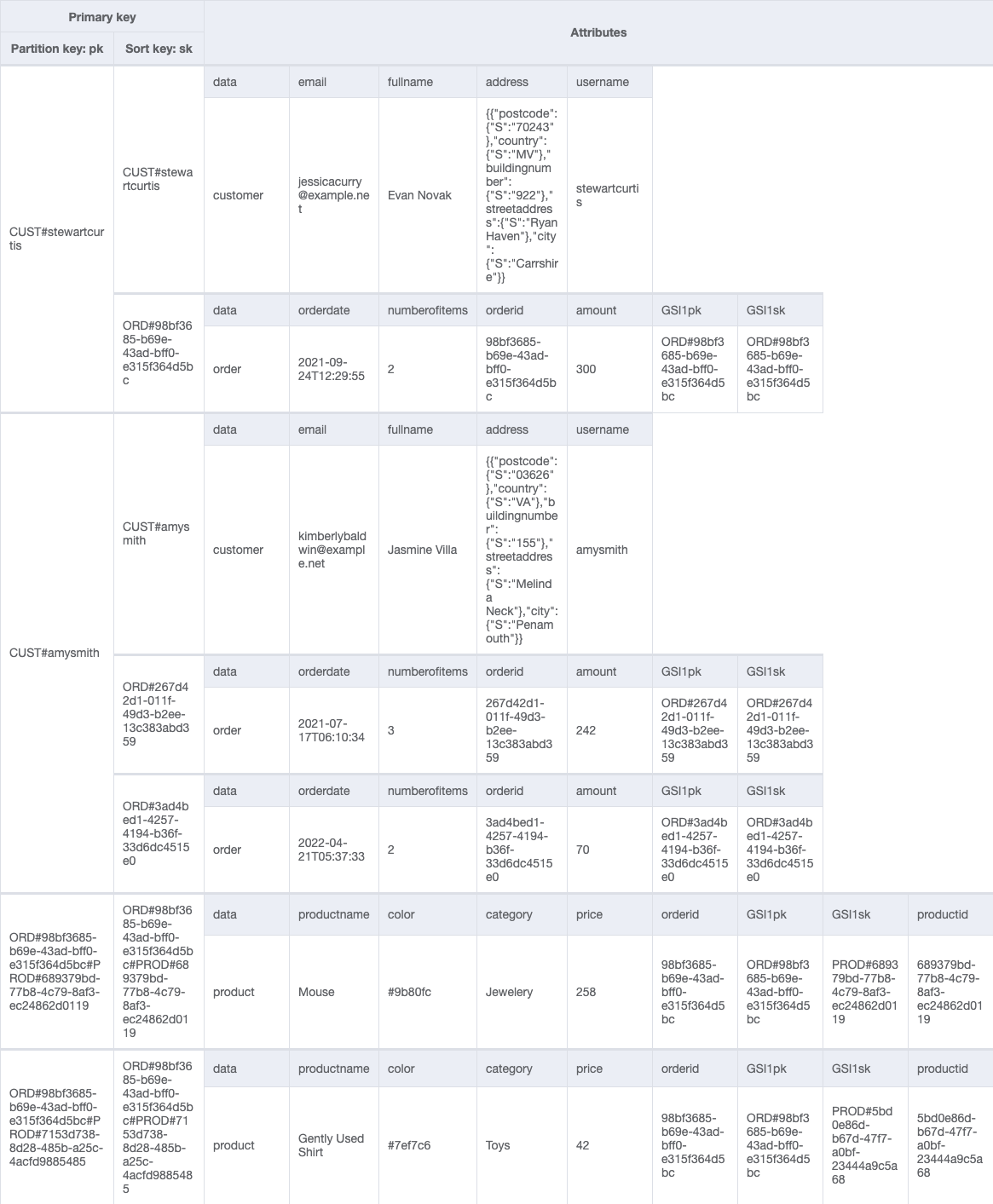
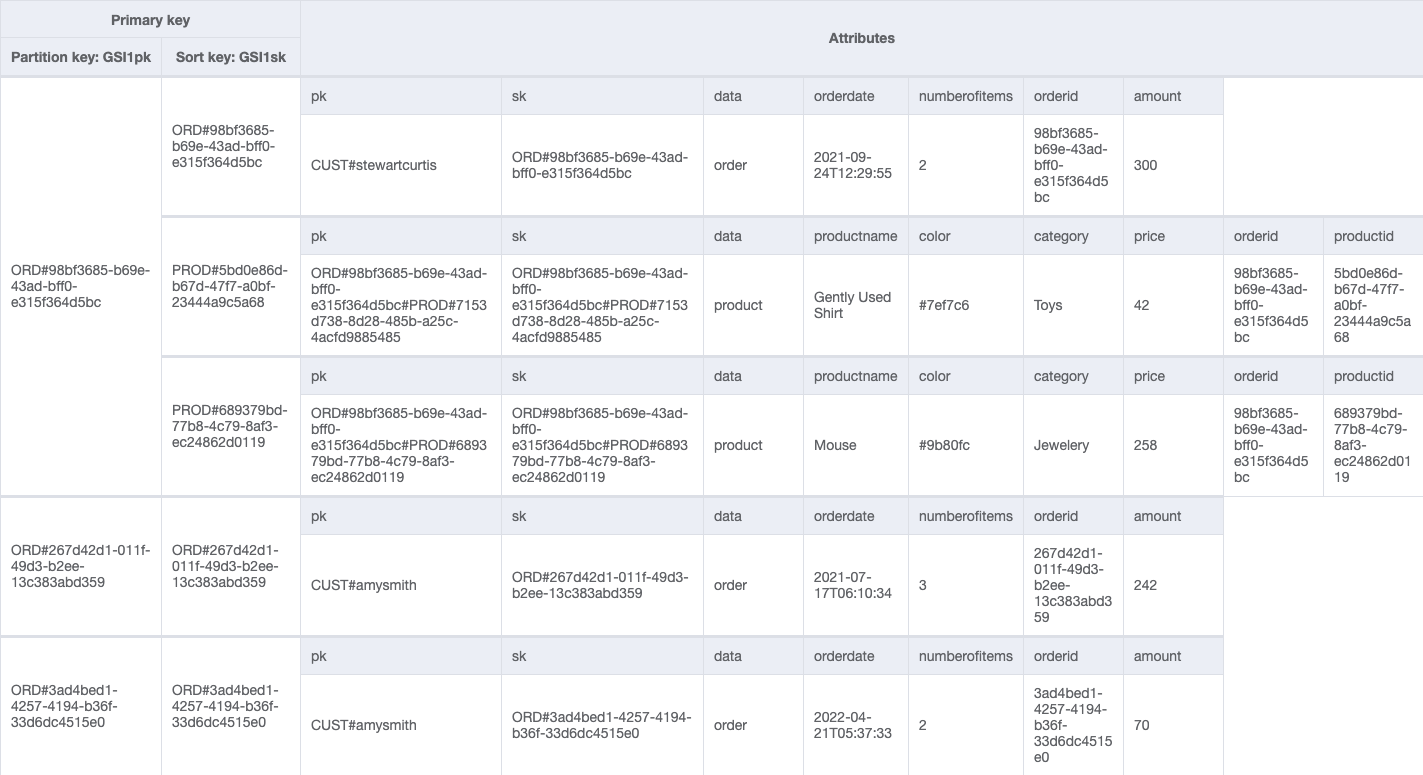
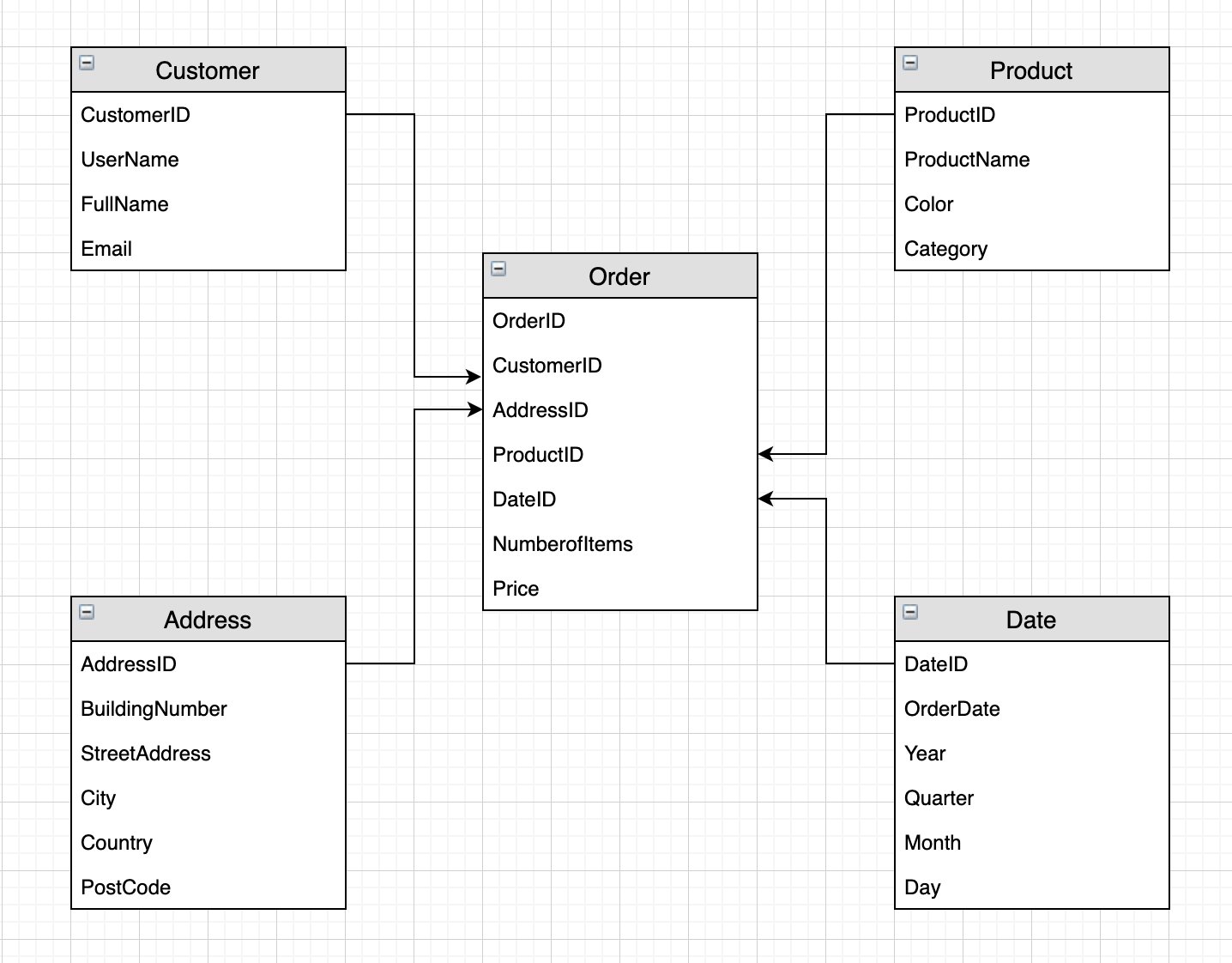

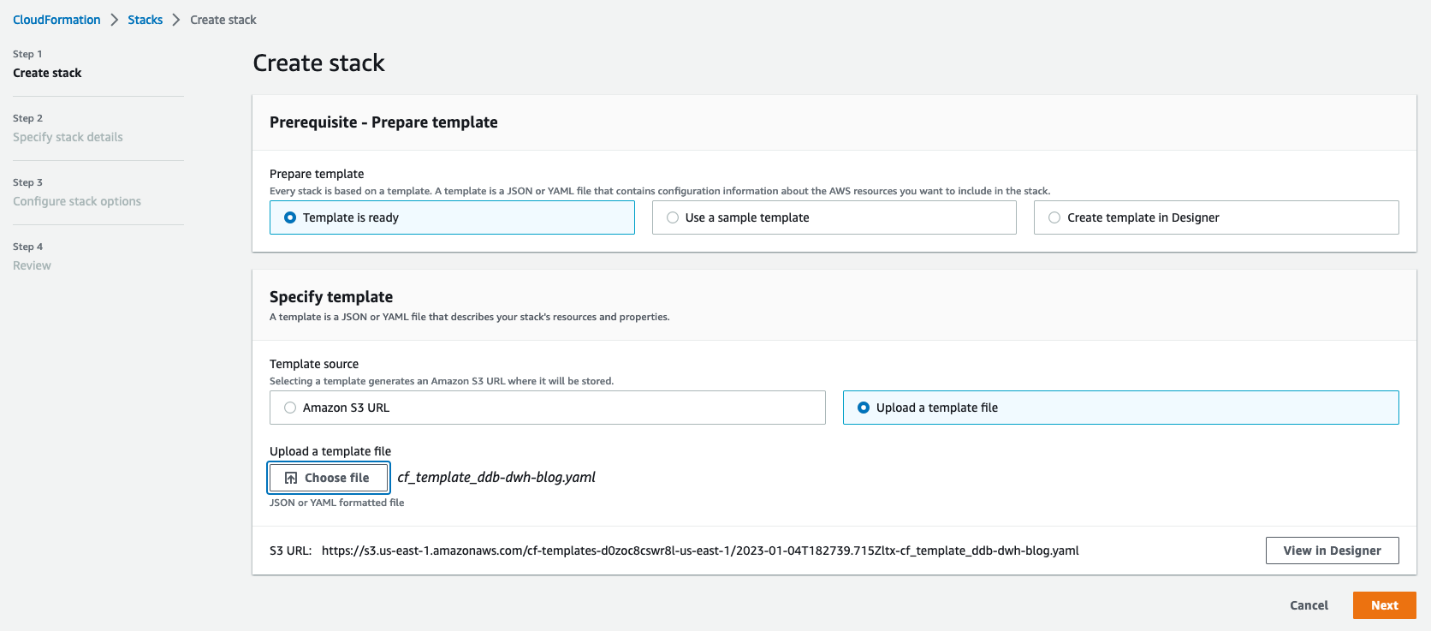
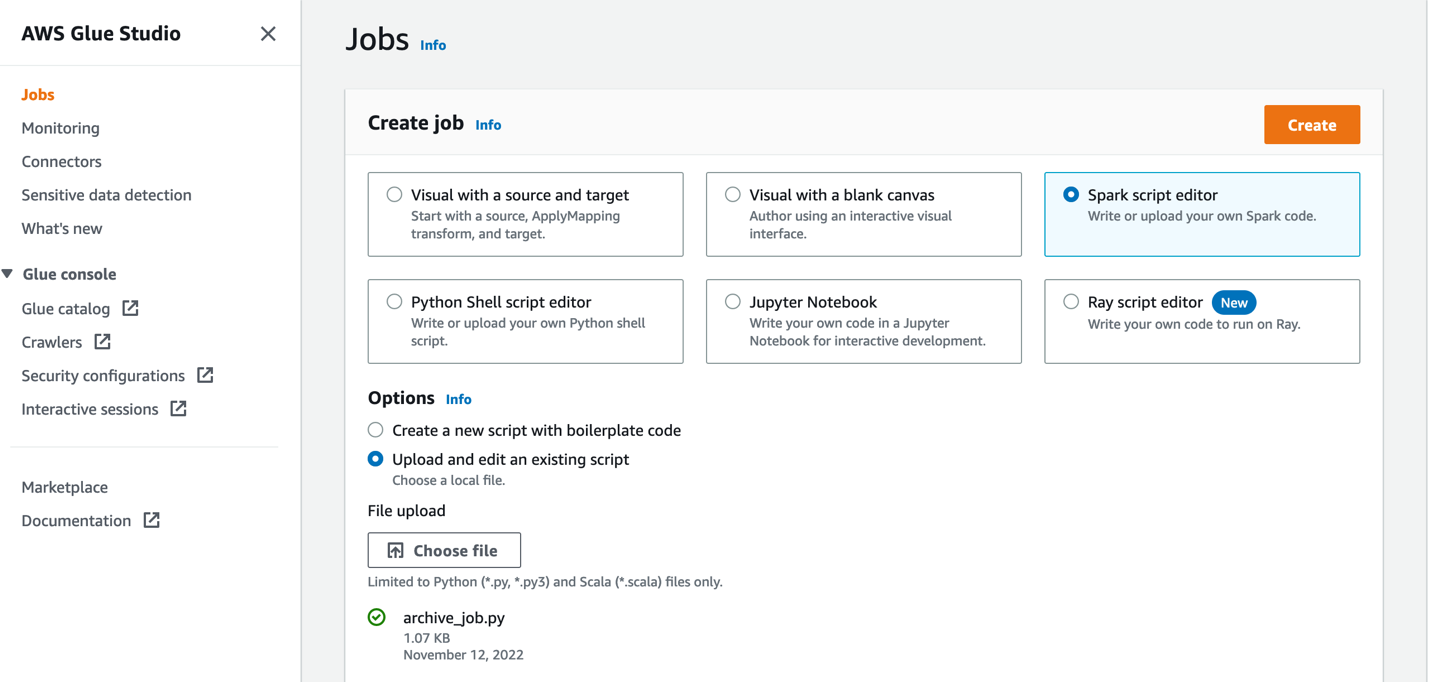

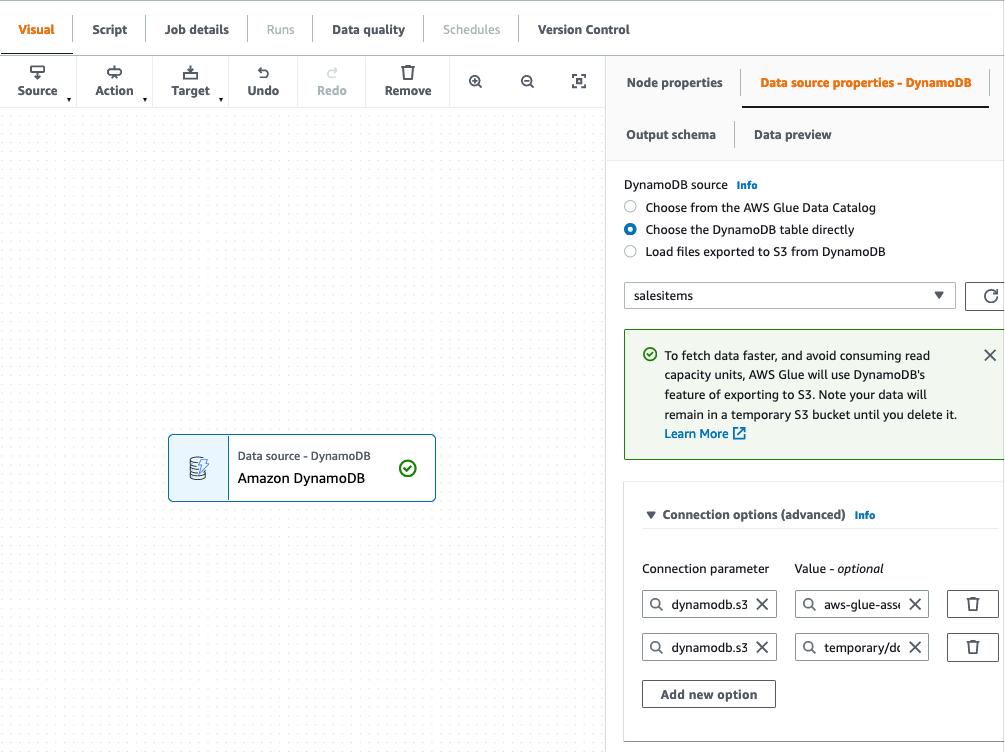
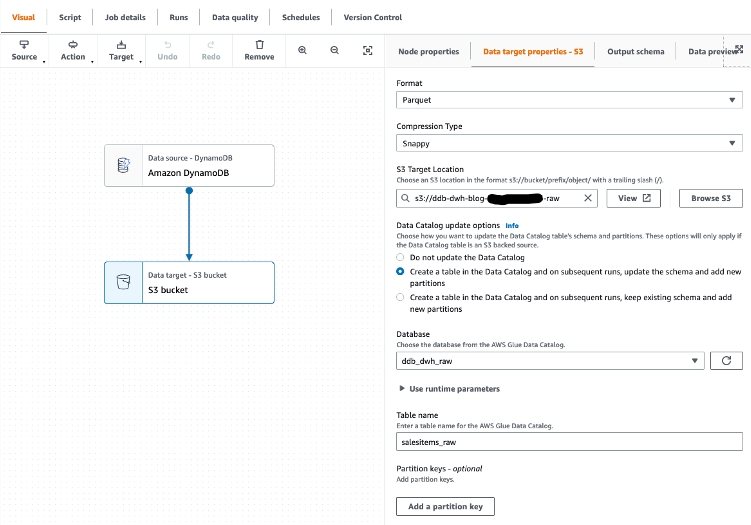
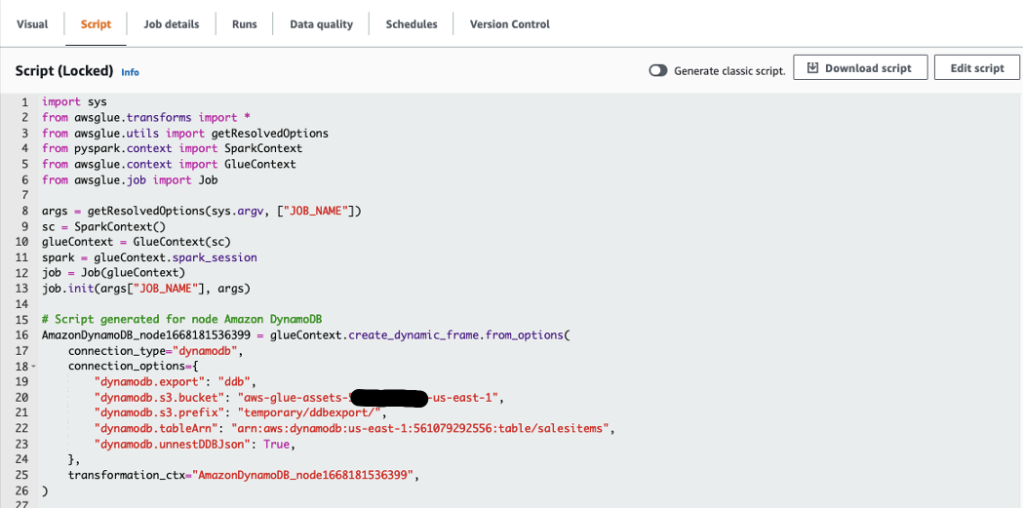
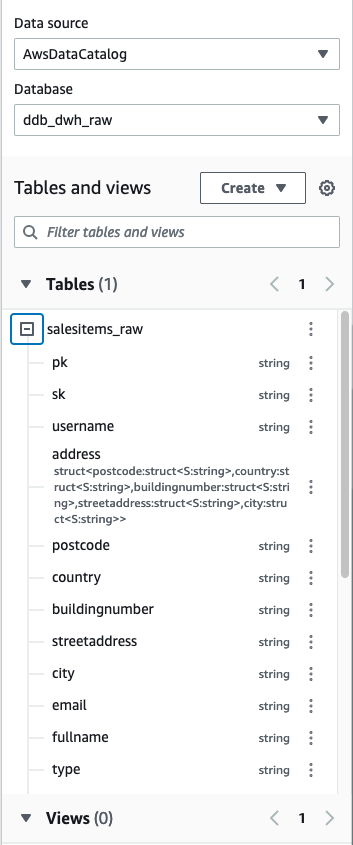
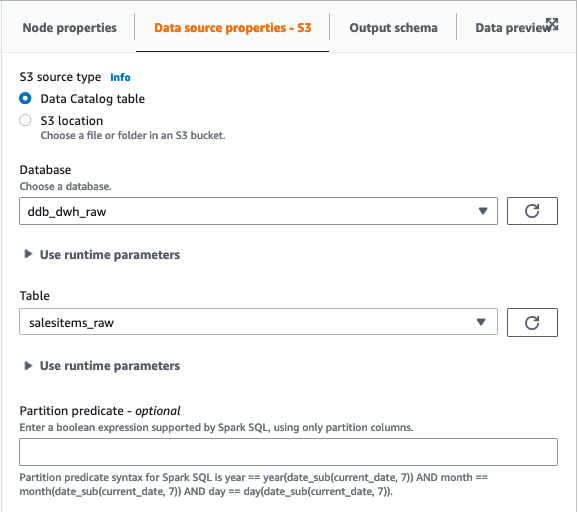
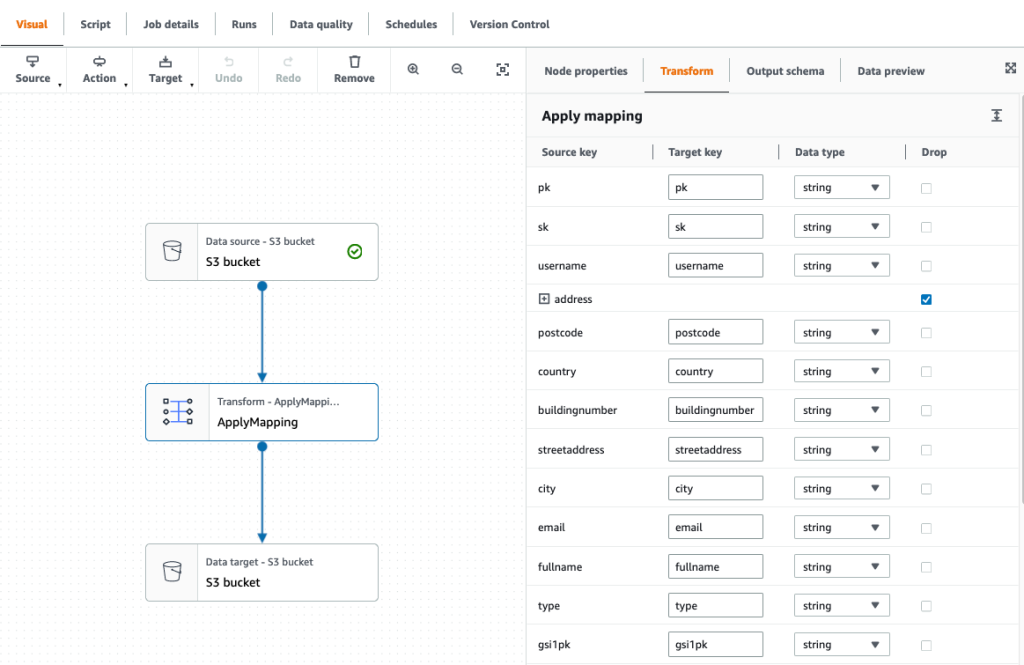
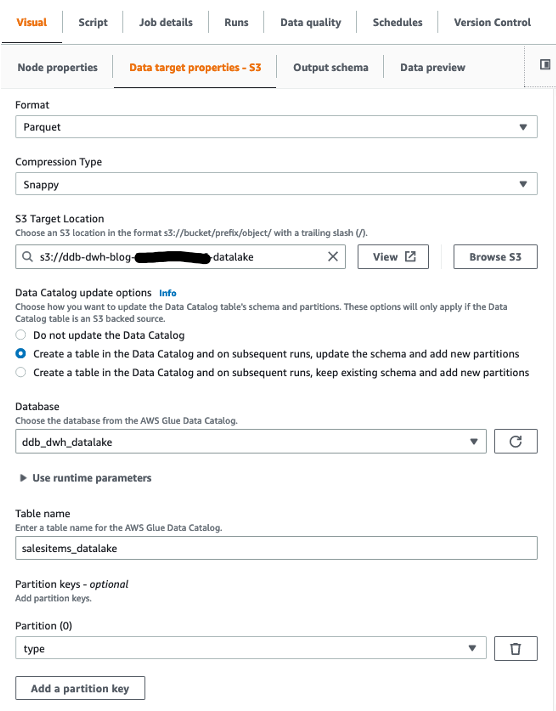


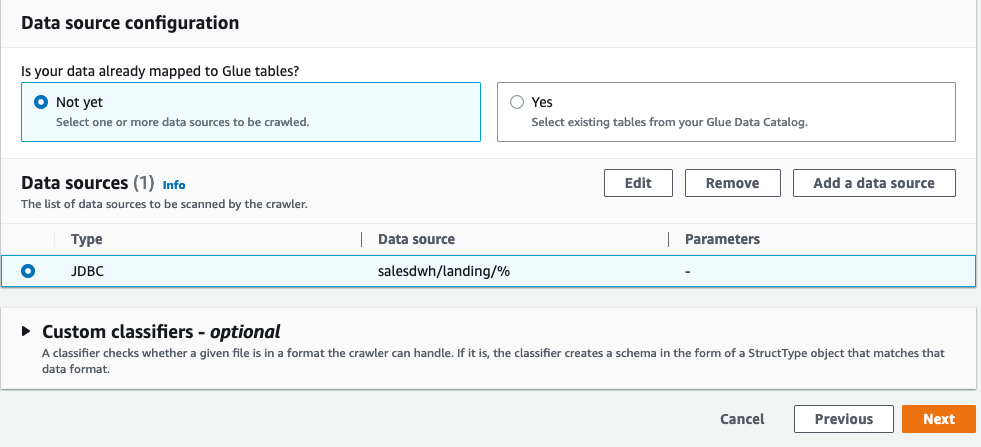


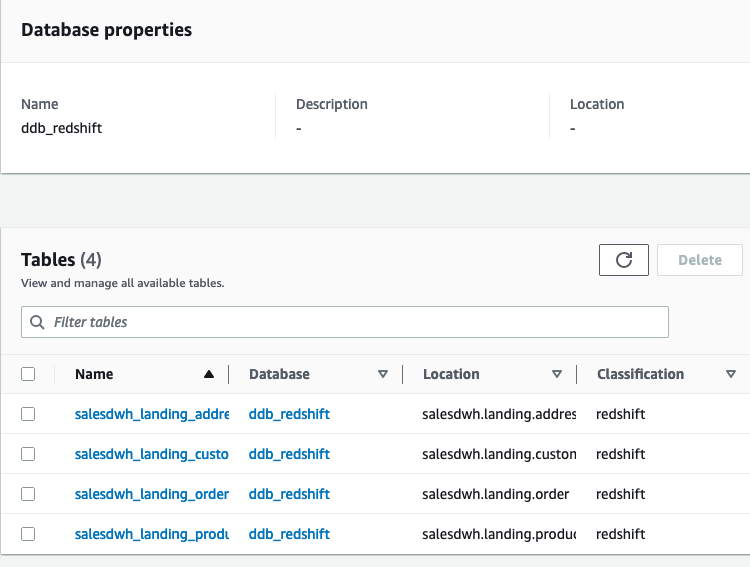
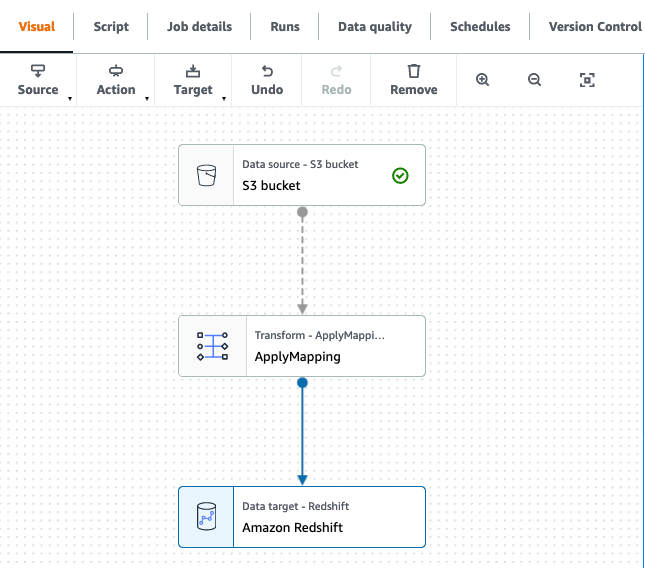
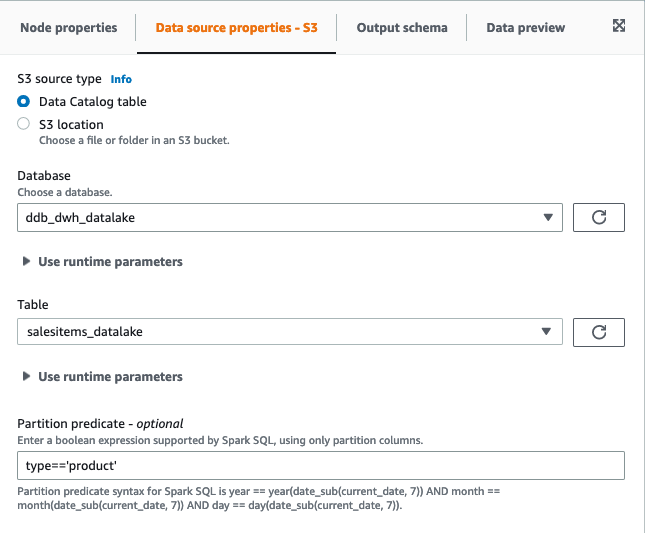
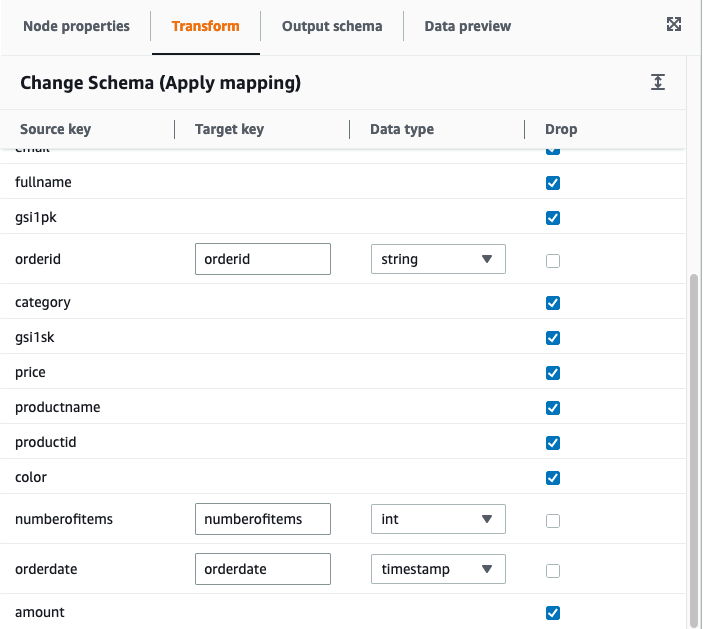
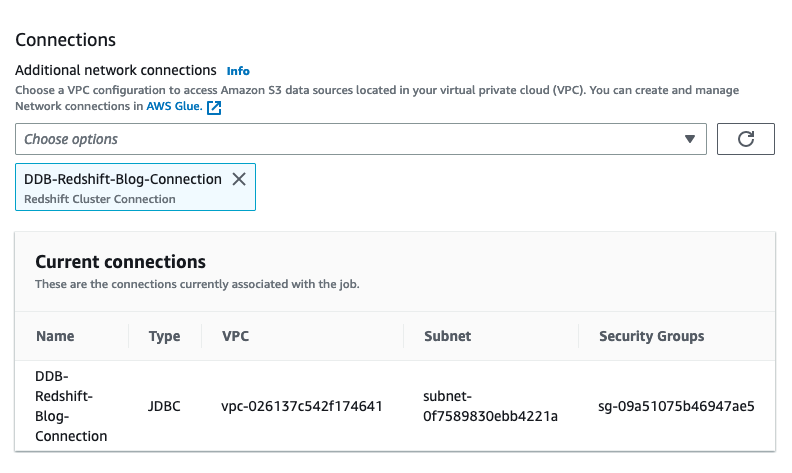


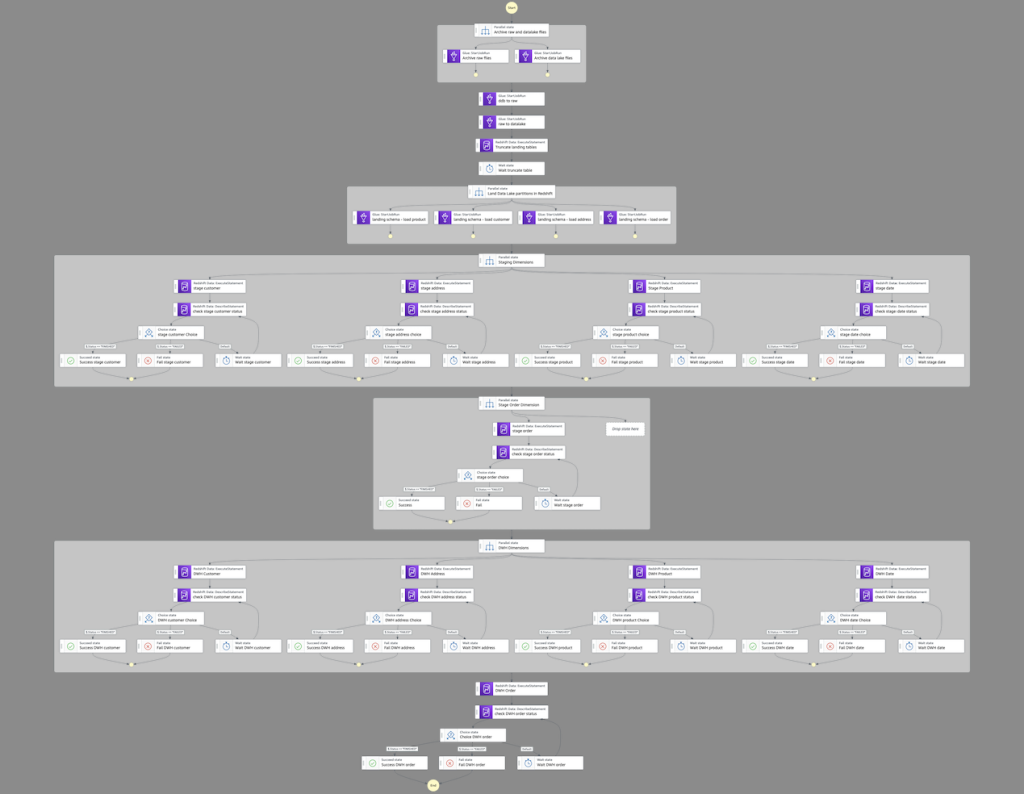
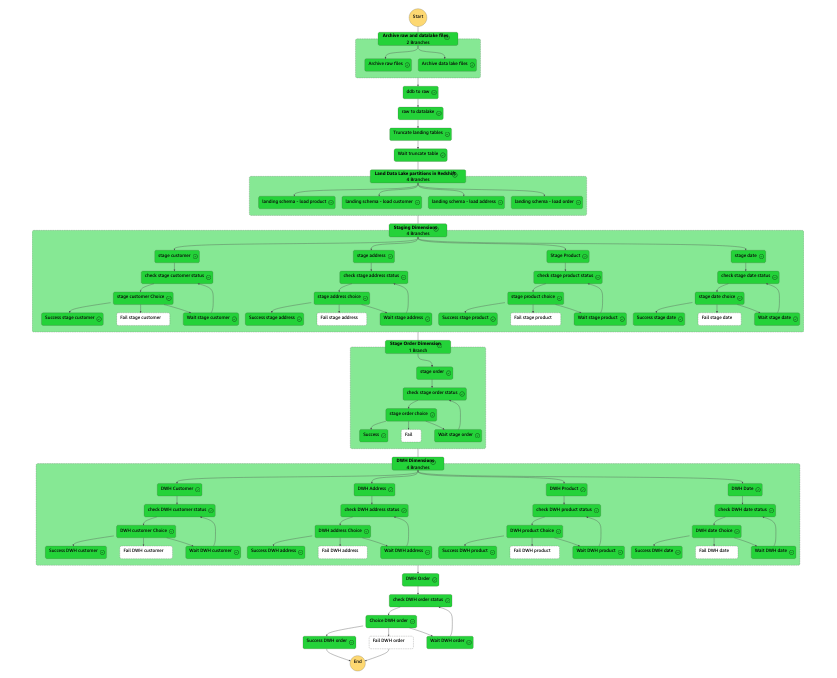
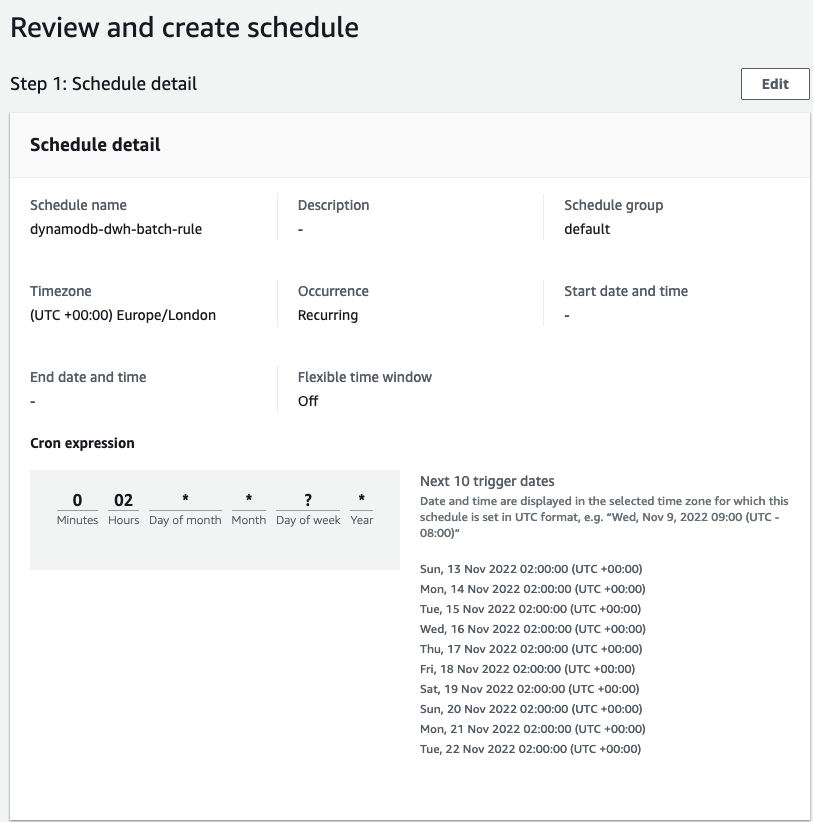
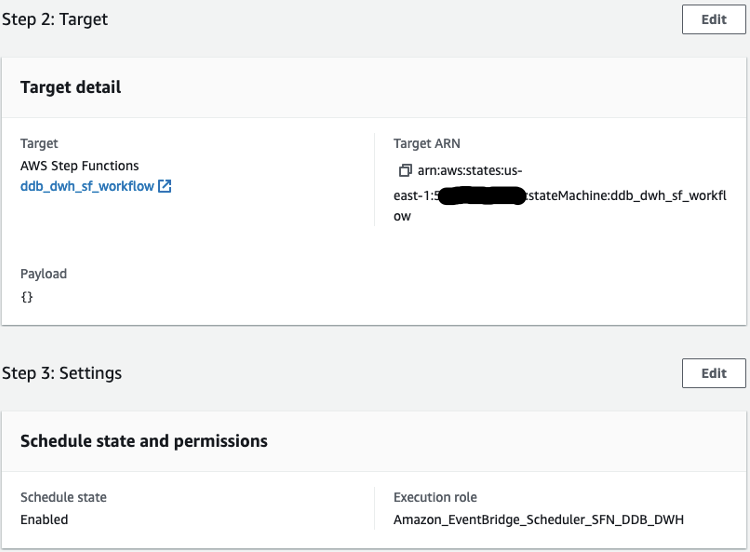
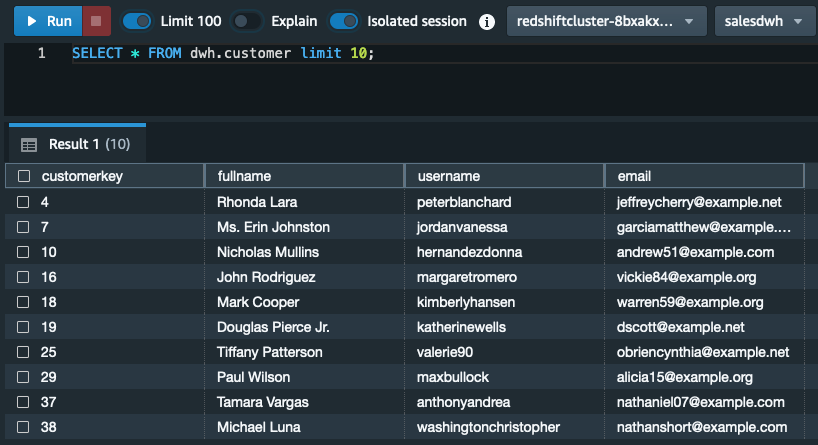
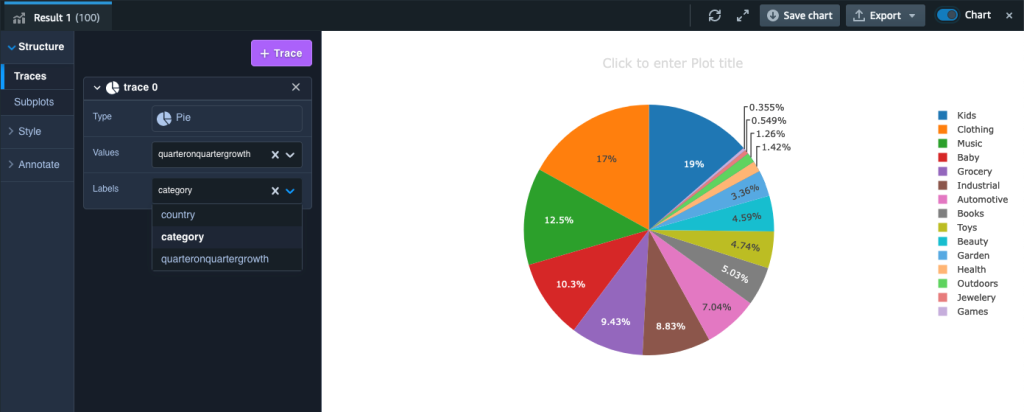











 Srividya Parthasarathy is a Senior Big Data Architect on the AWS Lake Formation team. She enjoys building data mesh solutions and sharing them with the community.
Srividya Parthasarathy is a Senior Big Data Architect on the AWS Lake Formation team. She enjoys building data mesh solutions and sharing them with the community. Sandeep Adwankar is a Senior Technical Product Manager at AWS. Based in the California Bay Area, he works with customers around the globe to translate business and technical requirements into products that enable customers to improve how they manage, secure, and access data.
Sandeep Adwankar is a Senior Technical Product Manager at AWS. Based in the California Bay Area, he works with customers around the globe to translate business and technical requirements into products that enable customers to improve how they manage, secure, and access data.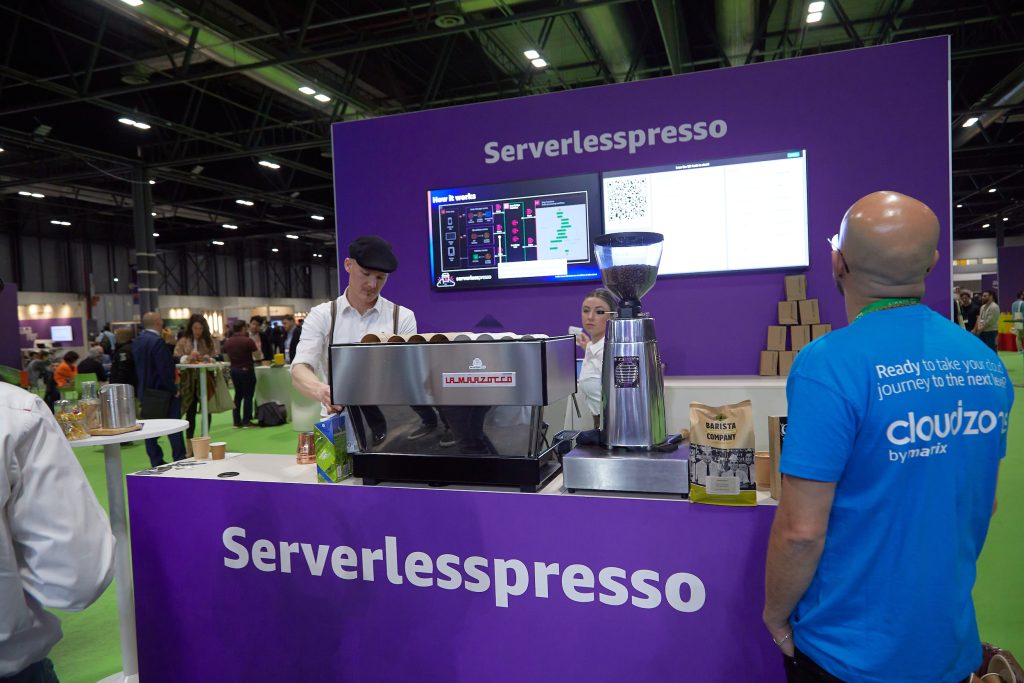










 Sumesh M R is a Full Stack Machine Learning Architect at Cargotec. He has several years of software engineering and ML background. Sumesh is an expert in Sagemaker and other AWS ML/Analytics services. He is passionate about data science and loves to explore the latest ML libraries and techniques. Before joining Cargotec, he worked as a Solution Architect at TCS. In his spare time, he loves to play cricket and badminton.
Sumesh M R is a Full Stack Machine Learning Architect at Cargotec. He has several years of software engineering and ML background. Sumesh is an expert in Sagemaker and other AWS ML/Analytics services. He is passionate about data science and loves to explore the latest ML libraries and techniques. Before joining Cargotec, he worked as a Solution Architect at TCS. In his spare time, he loves to play cricket and badminton. Tero Karttunen is a Senior Cloud Architect at Knowit Finland. He advises clients on architecting and adopting Data Architectures that best serve their Data Analytics and Machine Learning needs. He has helped Cargotec in their data journey for more than two years. Outside of work, he enjoys running, winter sports, and role-playing games.
Tero Karttunen is a Senior Cloud Architect at Knowit Finland. He advises clients on architecting and adopting Data Architectures that best serve their Data Analytics and Machine Learning needs. He has helped Cargotec in their data journey for more than two years. Outside of work, he enjoys running, winter sports, and role-playing games. Arun A K is a Big Data Specialist Solutions Architect at AWS. He works with customers to provide architectural guidance for running analytics solutions on AWS Glue, AWS Lake Formation, Amazon Athena, and Amazon EMR. In his free time, he likes to spend time with his friends and family.
Arun A K is a Big Data Specialist Solutions Architect at AWS. He works with customers to provide architectural guidance for running analytics solutions on AWS Glue, AWS Lake Formation, Amazon Athena, and Amazon EMR. In his free time, he likes to spend time with his friends and family.
 Tome Tanasovski is a Technical Manager at AWS, for a team that manages capabilities into Amazon’s big data platforms via AWS Glue. Prior to working at AWS, Tome was an executive for a market-leading global financial services firm in New York City where he helped run the Firm’s Artificial Intelligence & Machine Learning Center of Excellence. Prior to this role he spent nine years in the Firm focusing on automation, cloud, and distributed computing. Tome has a quarter-of-a-century worth of experience in technology in the Tri-state area across a wide variety of industries including big tech, finance, insurance, and media.
Tome Tanasovski is a Technical Manager at AWS, for a team that manages capabilities into Amazon’s big data platforms via AWS Glue. Prior to working at AWS, Tome was an executive for a market-leading global financial services firm in New York City where he helped run the Firm’s Artificial Intelligence & Machine Learning Center of Excellence. Prior to this role he spent nine years in the Firm focusing on automation, cloud, and distributed computing. Tome has a quarter-of-a-century worth of experience in technology in the Tri-state area across a wide variety of industries including big tech, finance, insurance, and media. Brian Ross is a Senior Software Development Manager at AWS. He has spent 24 years building software at scale and currently focuses on serverless data integration with AWS Glue. In his spare time, he studies ancient texts, cooks modern dishes and tries to get his kids to do both.
Brian Ross is a Senior Software Development Manager at AWS. He has spent 24 years building software at scale and currently focuses on serverless data integration with AWS Glue. In his spare time, he studies ancient texts, cooks modern dishes and tries to get his kids to do both.













 Zack Zhou is a Software Development Engineer on the AWS Glue team.
Zack Zhou is a Software Development Engineer on the AWS Glue team.
 Avik Bhattacharjee is a Senior Partner Solutions Architect at AWS. He works with customers to build IT strategy, making digital transformation through the cloud more accessible, focusing on big data and analytics and AI/ML.
Avik Bhattacharjee is a Senior Partner Solutions Architect at AWS. He works with customers to build IT strategy, making digital transformation through the cloud more accessible, focusing on big data and analytics and AI/ML. Amit Kumar Panda is a Data Architect at AWS Professional Services who is passionate about helping customers build scalable data analytics solutions to enable making critical business decisions.
Amit Kumar Panda is a Data Architect at AWS Professional Services who is passionate about helping customers build scalable data analytics solutions to enable making critical business decisions.










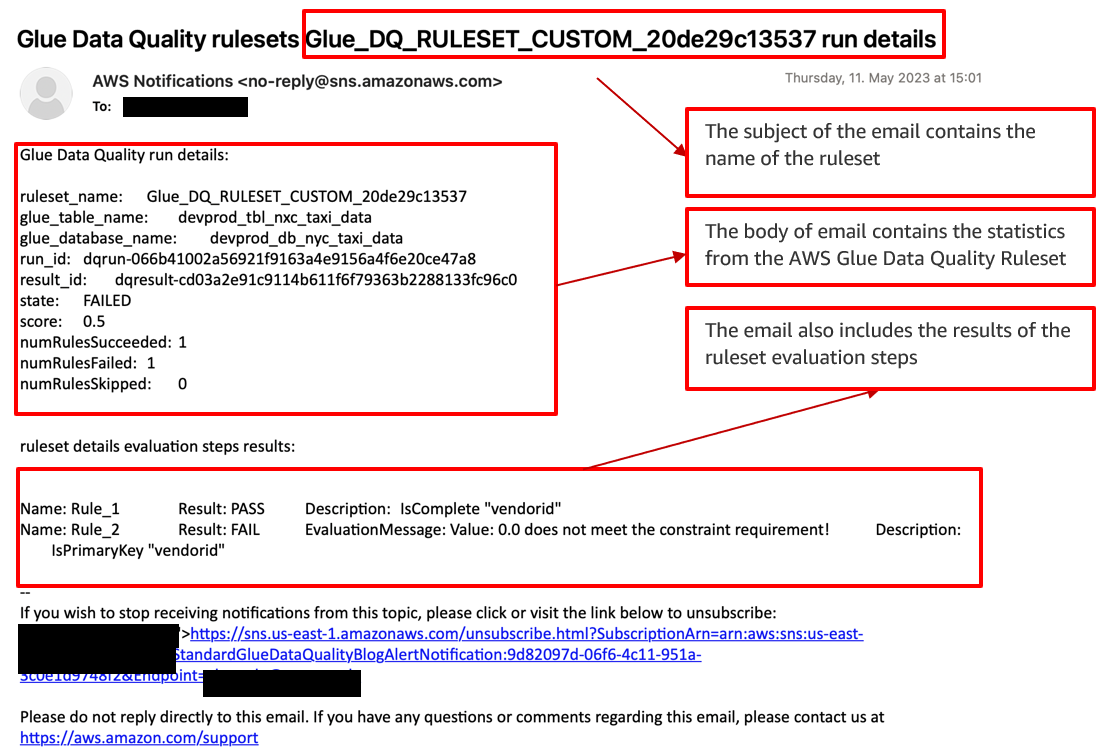
 Neel Patel is a software engineer working within GlueML. He has contributed to the AWS Glue Data Quality feature and hopes it will expand the repertoire for all AWS CloudFormation users along with displaying the power and usability of AWS Glue as a whole.
Neel Patel is a software engineer working within GlueML. He has contributed to the AWS Glue Data Quality feature and hopes it will expand the repertoire for all AWS CloudFormation users along with displaying the power and usability of AWS Glue as a whole. Edward Cho is a Software Development Engineer at AWS Glue. He has contributed to the AWS Glue Data Quality feature as well as the underlying open-source project Deequ.
Edward Cho is a Software Development Engineer at AWS Glue. He has contributed to the AWS Glue Data Quality feature as well as the underlying open-source project Deequ.








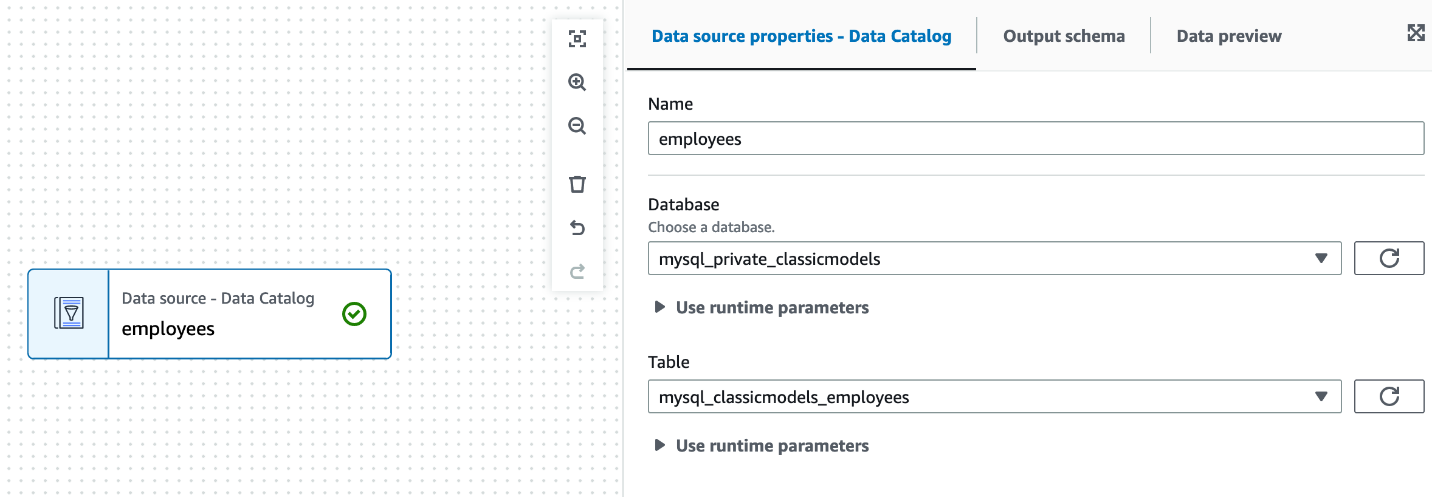











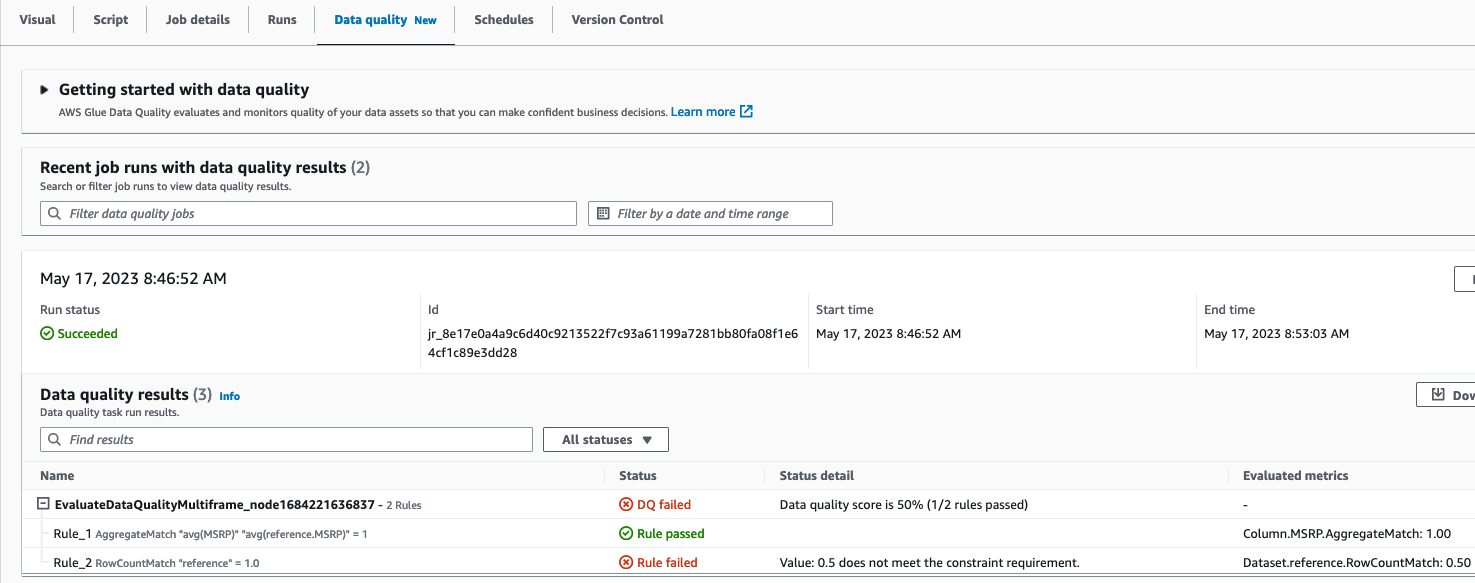





 Navnit Shukla is AWS Specialist Solutions Architect in Analytics. He is passionate about helping customers uncover insights from their data. He builds solutions to help organizations make data-driven decisions.
Navnit Shukla is AWS Specialist Solutions Architect in Analytics. He is passionate about helping customers uncover insights from their data. He builds solutions to help organizations make data-driven decisions. Rahul Sharma is a Software Development Engineer at AWS Glue. He focuses on building distributed systems to support features in AWS Glue. He has a passion for helping customers build data management solutions on the AWS Cloud.
Rahul Sharma is a Software Development Engineer at AWS Glue. He focuses on building distributed systems to support features in AWS Glue. He has a passion for helping customers build data management solutions on the AWS Cloud. Shriya Vanvari is a Software Developer Engineer in AWS Glue. She is passionate about learning how to build efficient and scalable systems to provide better experience for customers. Outside of work, she enjoys reading and chasing sunsets.
Shriya Vanvari is a Software Developer Engineer in AWS Glue. She is passionate about learning how to build efficient and scalable systems to provide better experience for customers. Outside of work, she enjoys reading and chasing sunsets.







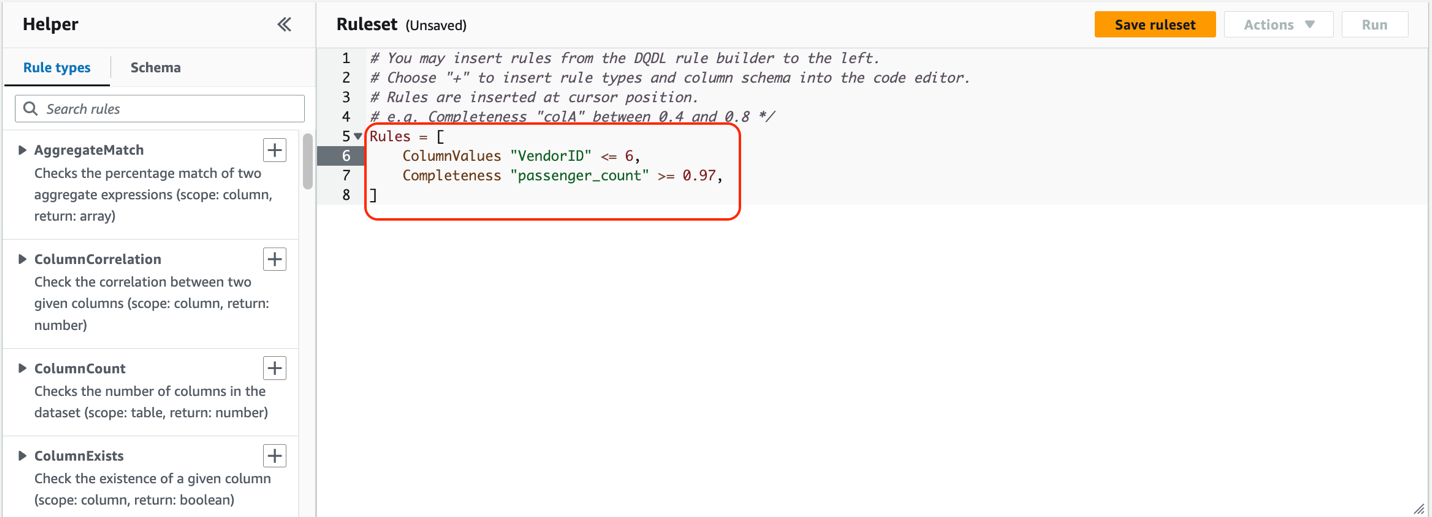







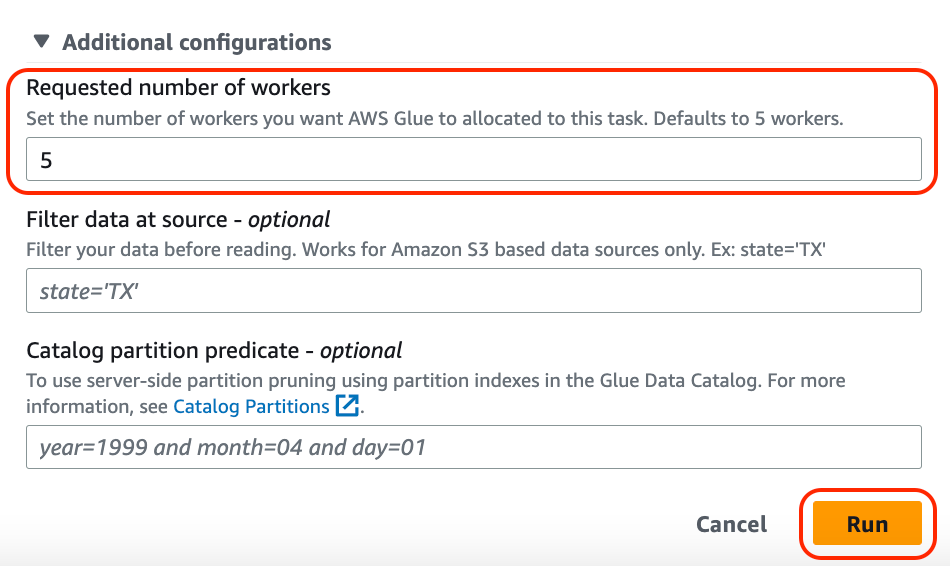




 Stuti Deshpande is an Analytics Specialist Solutions Architect at AWS. She works with customers around the globe, providing them strategic and architectural guidance on implementing analytics solutions using AWS. She has extensive experience in Big Data, ETL, and Analytics. In her free time, Stuti likes to travel, learn new dance forms, and enjoy quality time with family and friends.
Stuti Deshpande is an Analytics Specialist Solutions Architect at AWS. She works with customers around the globe, providing them strategic and architectural guidance on implementing analytics solutions using AWS. She has extensive experience in Big Data, ETL, and Analytics. In her free time, Stuti likes to travel, learn new dance forms, and enjoy quality time with family and friends. Aniket Jiddigoudar is a Big Data Architect on the AWS Glue team. He works with customers to help improve their big data workloads. In his spare time, he enjoys trying out new food, playing video games, and kickboxing.
Aniket Jiddigoudar is a Big Data Architect on the AWS Glue team. He works with customers to help improve their big data workloads. In his spare time, he enjoys trying out new food, playing video games, and kickboxing. Joseph Barlan is a Frontend Engineer at AWS Glue. He has over 5 years of experience helping teams build reusable UI components and is passionate about frontend design systems. In his spare time, he enjoys pencil drawing and binge watching tv shows.
Joseph Barlan is a Frontend Engineer at AWS Glue. He has over 5 years of experience helping teams build reusable UI components and is passionate about frontend design systems. In his spare time, he enjoys pencil drawing and binge watching tv shows. Jesus Max Hernandez is a Software Development Engineer at AWS Glue. He joined the team in August after graduating from The University of Texas at El Paso. Outside of work, you can find him practicing guitar or playing softball in Central Park.
Jesus Max Hernandez is a Software Development Engineer at AWS Glue. He joined the team in August after graduating from The University of Texas at El Paso. Outside of work, you can find him practicing guitar or playing softball in Central Park. Divya Gaitonde
Divya Gaitonde
 Mira Daniels (Data Engineer in Data Platform team), recently moved from Data Analytics to Data Engineering to make quality data more easily accessible for data consumers. She has been focusing on Digital Analytics and marketing data in the past.
Mira Daniels (Data Engineer in Data Platform team), recently moved from Data Analytics to Data Engineering to make quality data more easily accessible for data consumers. She has been focusing on Digital Analytics and marketing data in the past. Sean Whitfield (Senior Data Engineer in Data Platform team), a data enthusiast with a life science background who pursued his passion for data analysis into the realm of IT. His expertise lies in building robust data engineering and self-service tools. He also has a fervor for sharing his knowledge with others and mentoring aspiring data professionals.
Sean Whitfield (Senior Data Engineer in Data Platform team), a data enthusiast with a life science background who pursued his passion for data analysis into the realm of IT. His expertise lies in building robust data engineering and self-service tools. He also has a fervor for sharing his knowledge with others and mentoring aspiring data professionals.




 Abdel Jaidi is a Senior Cloud Engineer for AWS Professional Services. He works on open-source projects focused on AWS Data & Analytics services. In his spare time, he enjoys playing tennis and hiking.
Abdel Jaidi is a Senior Cloud Engineer for AWS Professional Services. He works on open-source projects focused on AWS Data & Analytics services. In his spare time, he enjoys playing tennis and hiking. Anton Kukushkin is a Data Engineer for AWS Professional Services based in London, UK. In his spare time, he enjoys playing musical instruments.
Anton Kukushkin is a Data Engineer for AWS Professional Services based in London, UK. In his spare time, he enjoys playing musical instruments. Leon Luttenberger is a Data Engineer for AWS Professional Services based in Austin, Texas. He works on AWS open-source solutions that help our customers analyze their data at scale. In his spare time, he enjoys reading and traveling.
Leon Luttenberger is a Data Engineer for AWS Professional Services based in Austin, Texas. He works on AWS open-source solutions that help our customers analyze their data at scale. In his spare time, he enjoys reading and traveling.



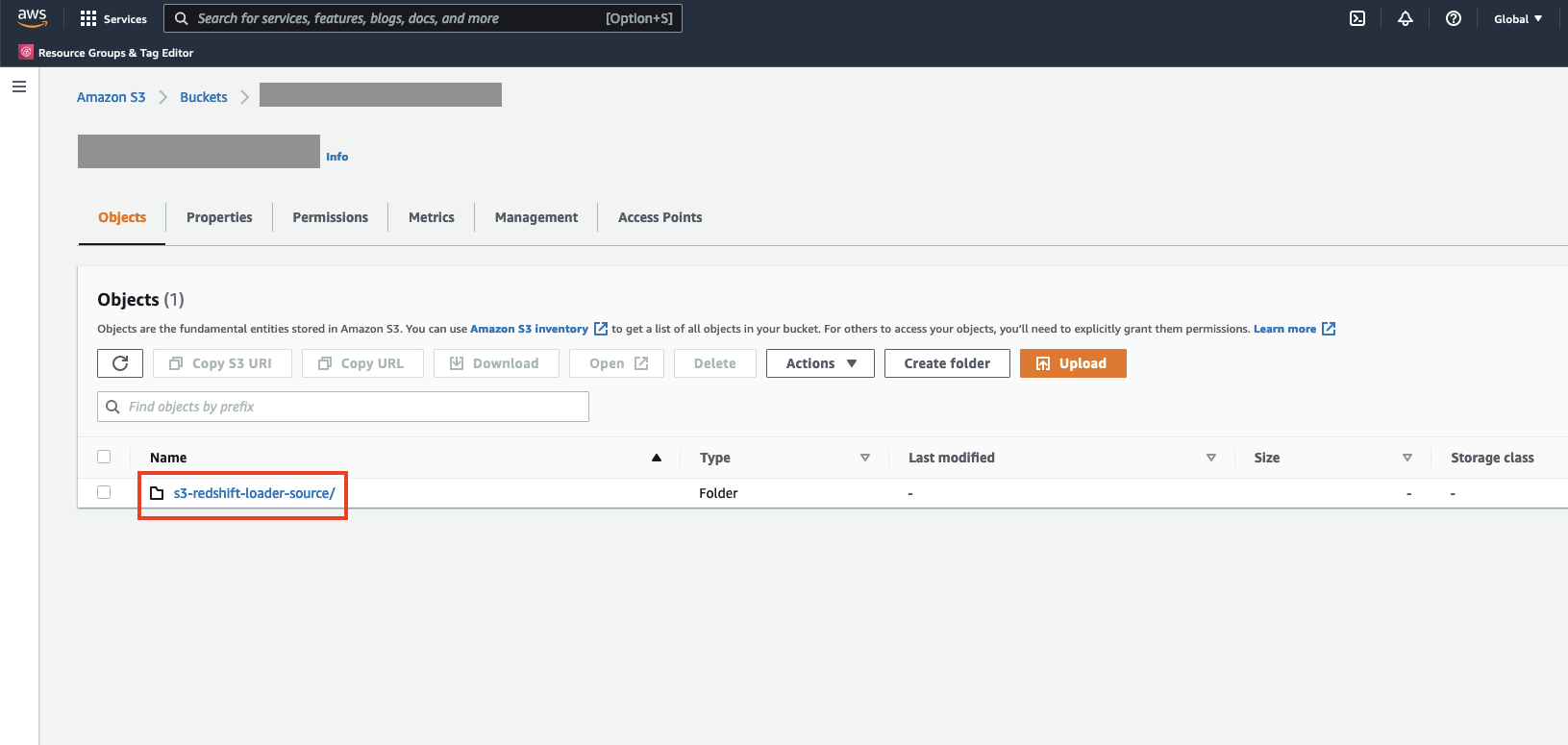

 Tahir Aziz is an Analytics Solution Architect at AWS. He has worked with building data warehouses and big data solutions for over 13 years. He loves to help customers design end-to-end analytics solutions on AWS. Outside of work, he enjoys traveling and cooking.
Tahir Aziz is an Analytics Solution Architect at AWS. He has worked with building data warehouses and big data solutions for over 13 years. He loves to help customers design end-to-end analytics solutions on AWS. Outside of work, he enjoys traveling and cooking. Ritesh Kumar Sinha is an Analytics Specialist Solutions Architect based out of San Francisco. He has helped customers build scalable data warehousing and big data solutions for over 16 years. He loves to design and build efficient end-to-end solutions on AWS. In his spare time, he loves reading, walking, and doing yoga.
Ritesh Kumar Sinha is an Analytics Specialist Solutions Architect based out of San Francisco. He has helped customers build scalable data warehousing and big data solutions for over 16 years. He loves to design and build efficient end-to-end solutions on AWS. In his spare time, he loves reading, walking, and doing yoga. Fabrizio Napolitano is a Principal Specialist Solutions Architect for DB and Analytics. He has worked in the analytics space for the last 20 years, and has recently and quite by surprise become a Hockey Dad after moving to Canada.
Fabrizio Napolitano is a Principal Specialist Solutions Architect for DB and Analytics. He has worked in the analytics space for the last 20 years, and has recently and quite by surprise become a Hockey Dad after moving to Canada. Manjula Nagineni is a Senior Solutions Architect with AWS based in New York. She works with major financial service institutions, architecting and modernizing their large-scale applications while adopting AWS Cloud services. She is passionate about designing big data workloads cloud-natively. She has over 20 years of IT experience in software development, analytics, and architecture across multiple domains such as finance, retail, and telecom.
Manjula Nagineni is a Senior Solutions Architect with AWS based in New York. She works with major financial service institutions, architecting and modernizing their large-scale applications while adopting AWS Cloud services. She is passionate about designing big data workloads cloud-natively. She has over 20 years of IT experience in software development, analytics, and architecture across multiple domains such as finance, retail, and telecom. Sohaib Katariwala is an Analytics Specialist Solutions Architect at AWS. He has over 12 years of experience helping organizations derive insights from their data.
Sohaib Katariwala is an Analytics Specialist Solutions Architect at AWS. He has over 12 years of experience helping organizations derive insights from their data.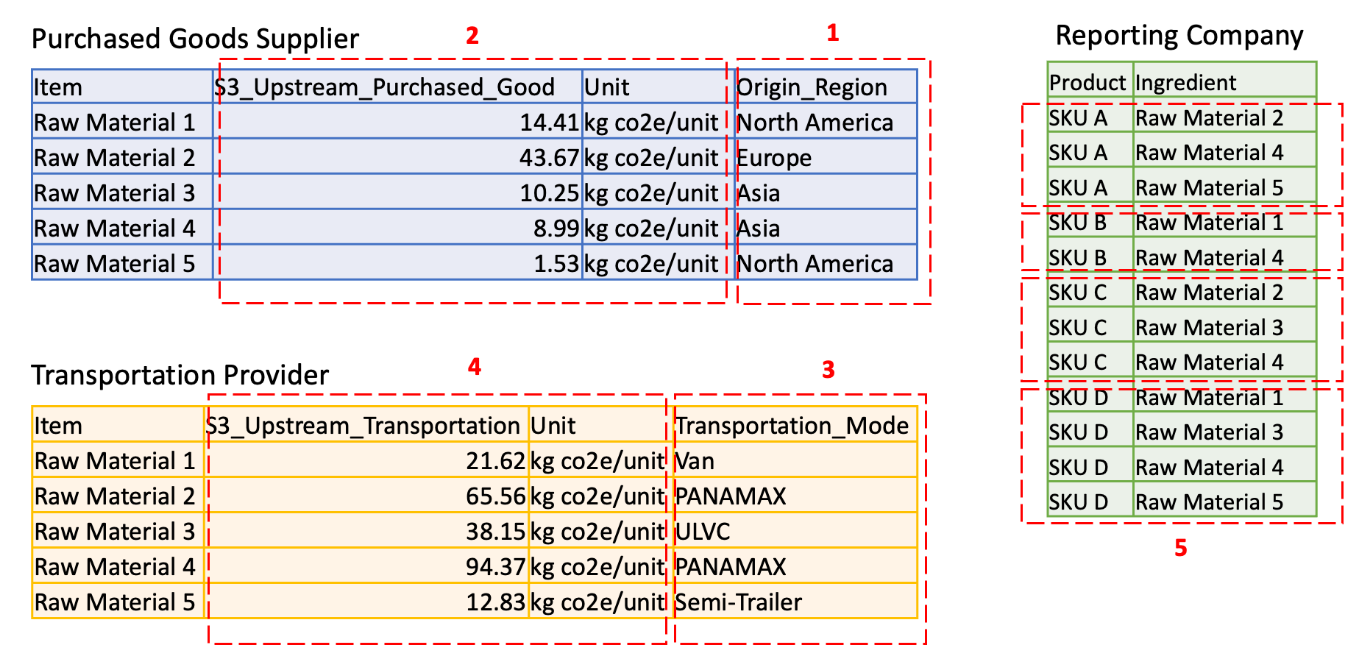
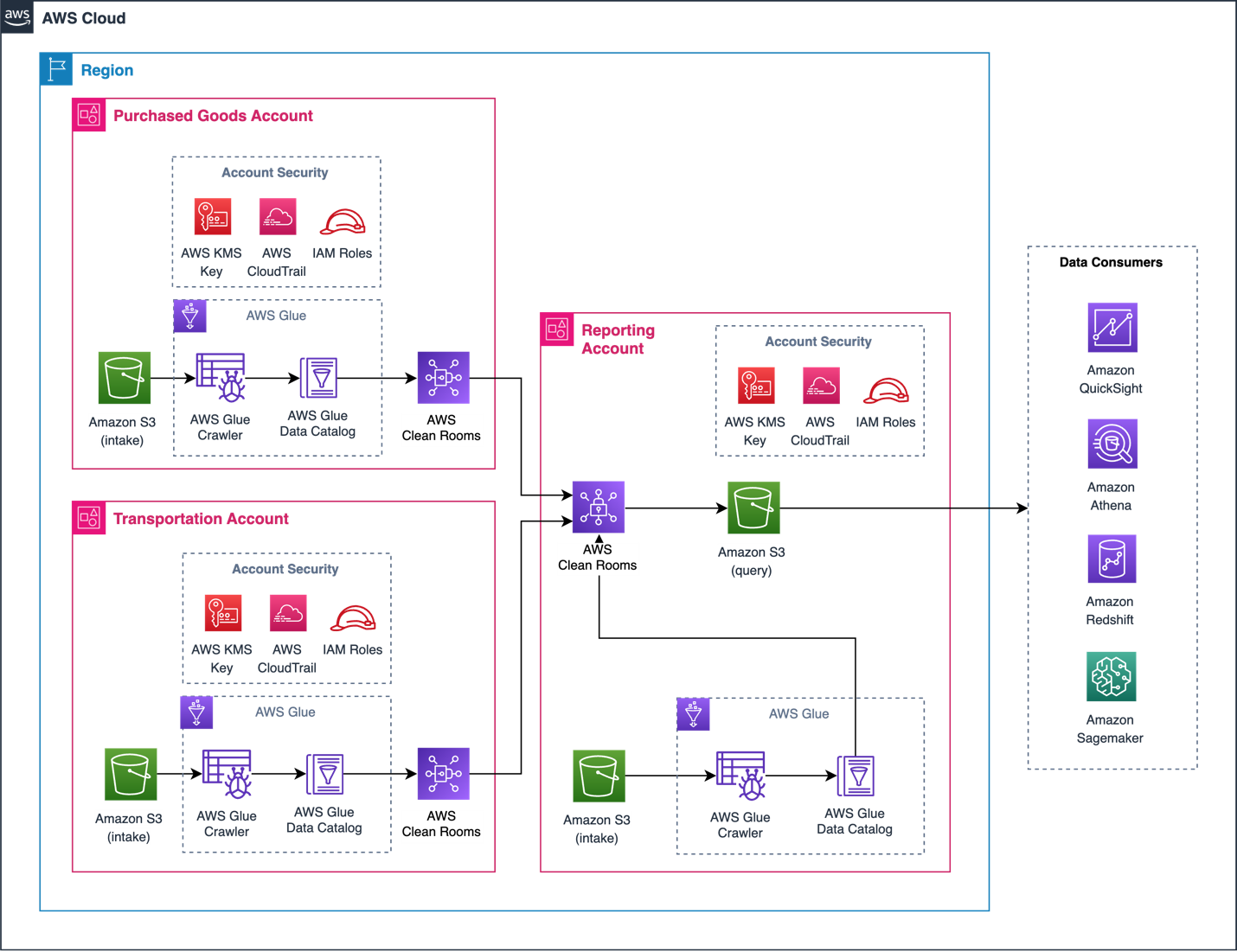

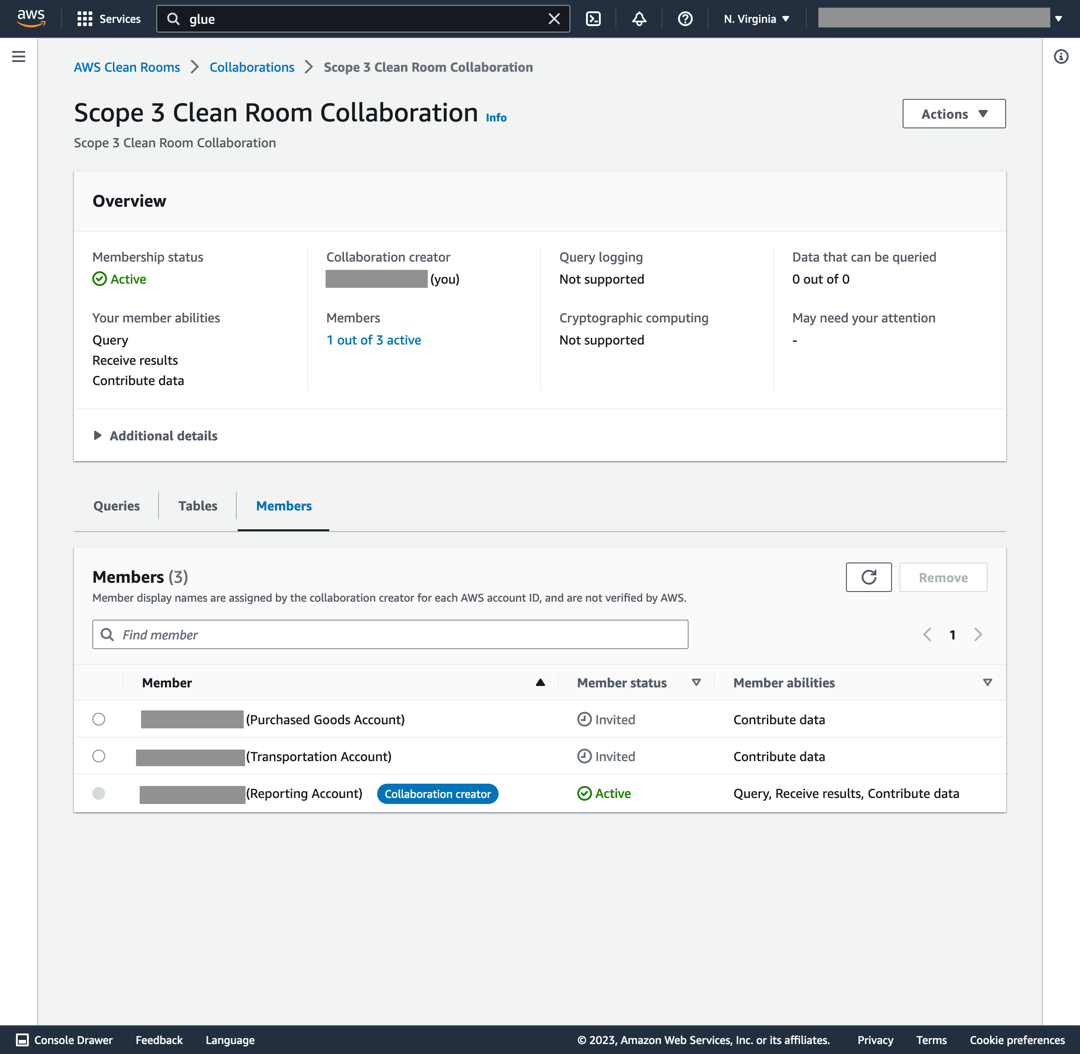
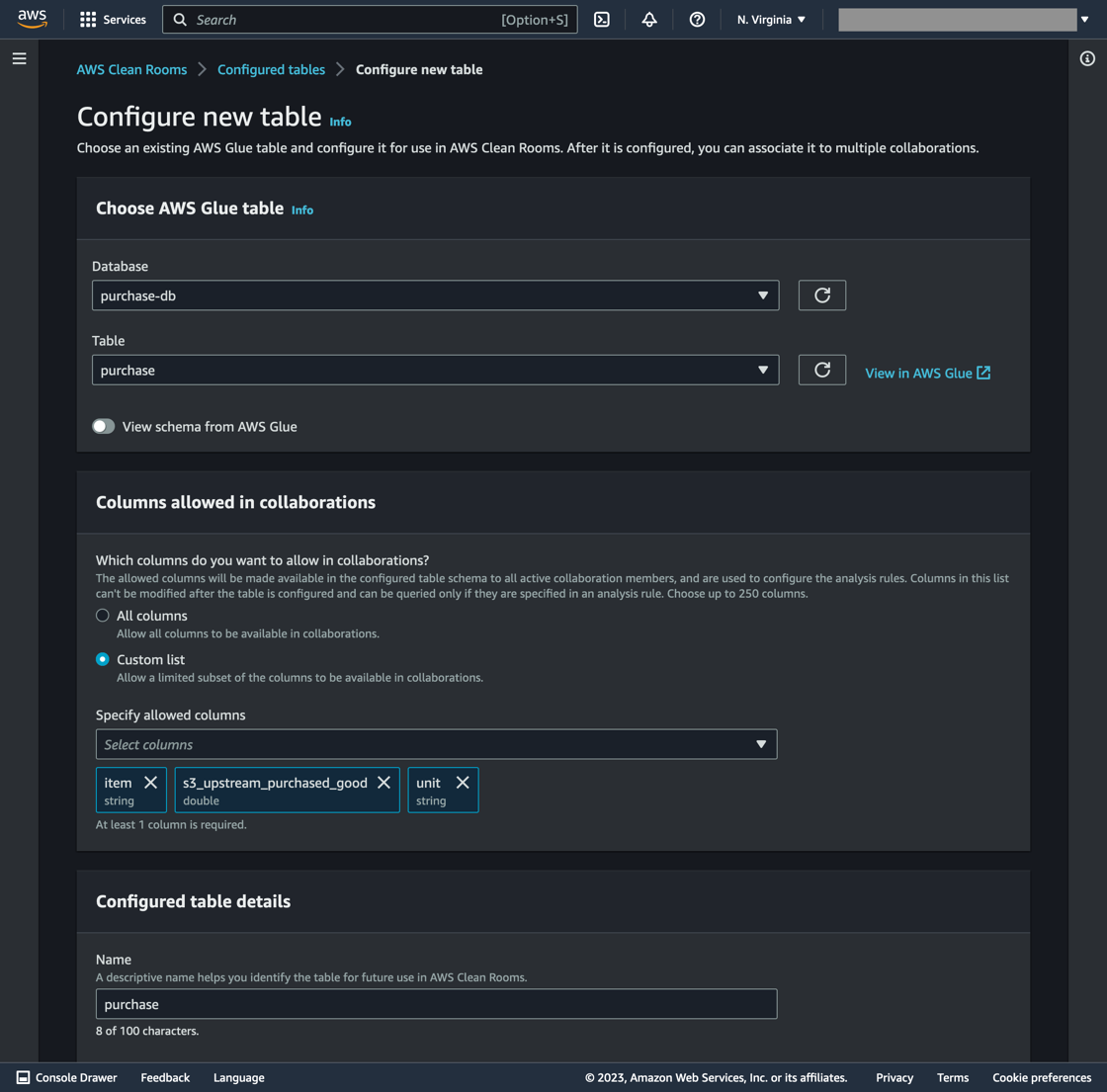
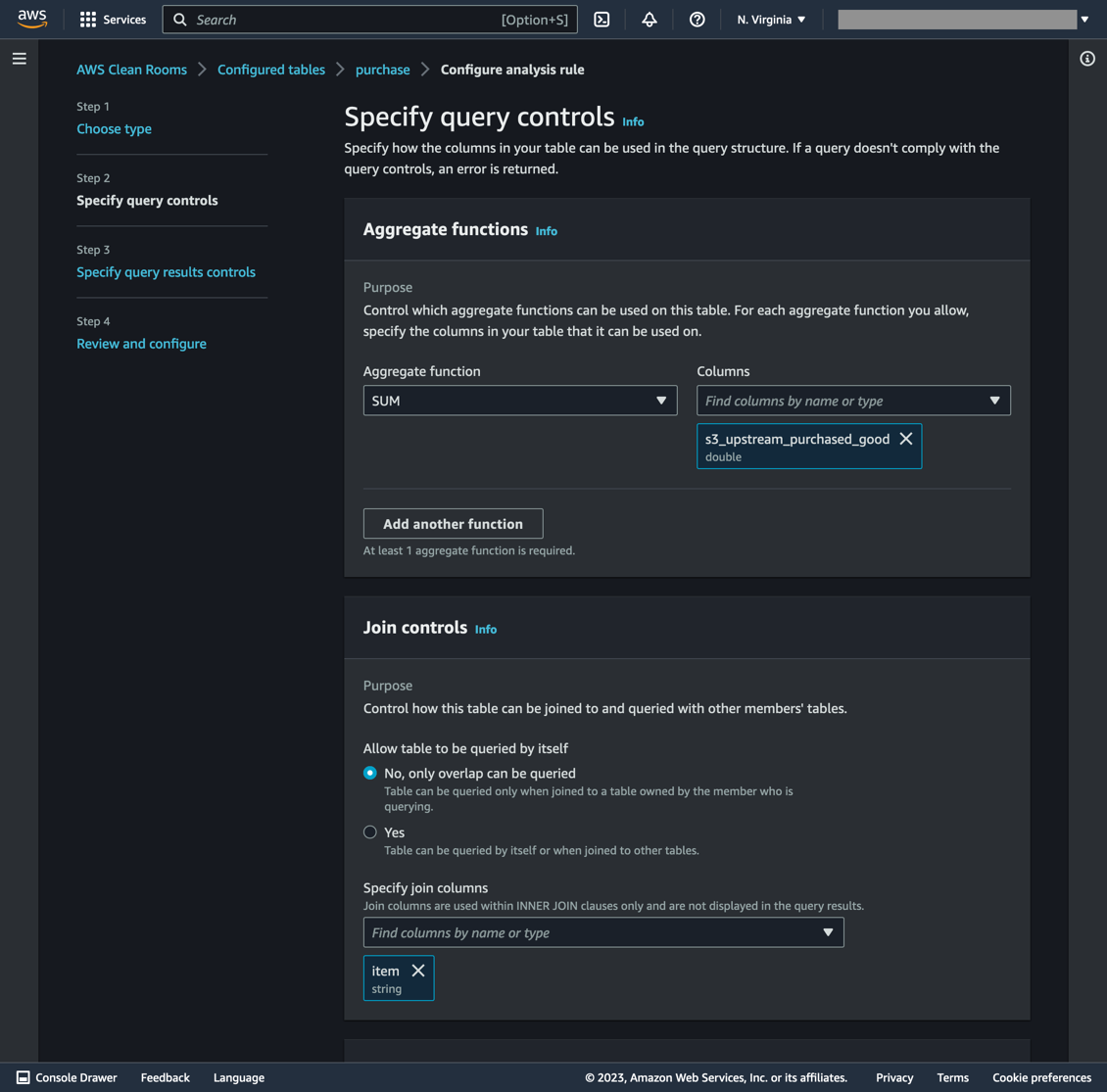
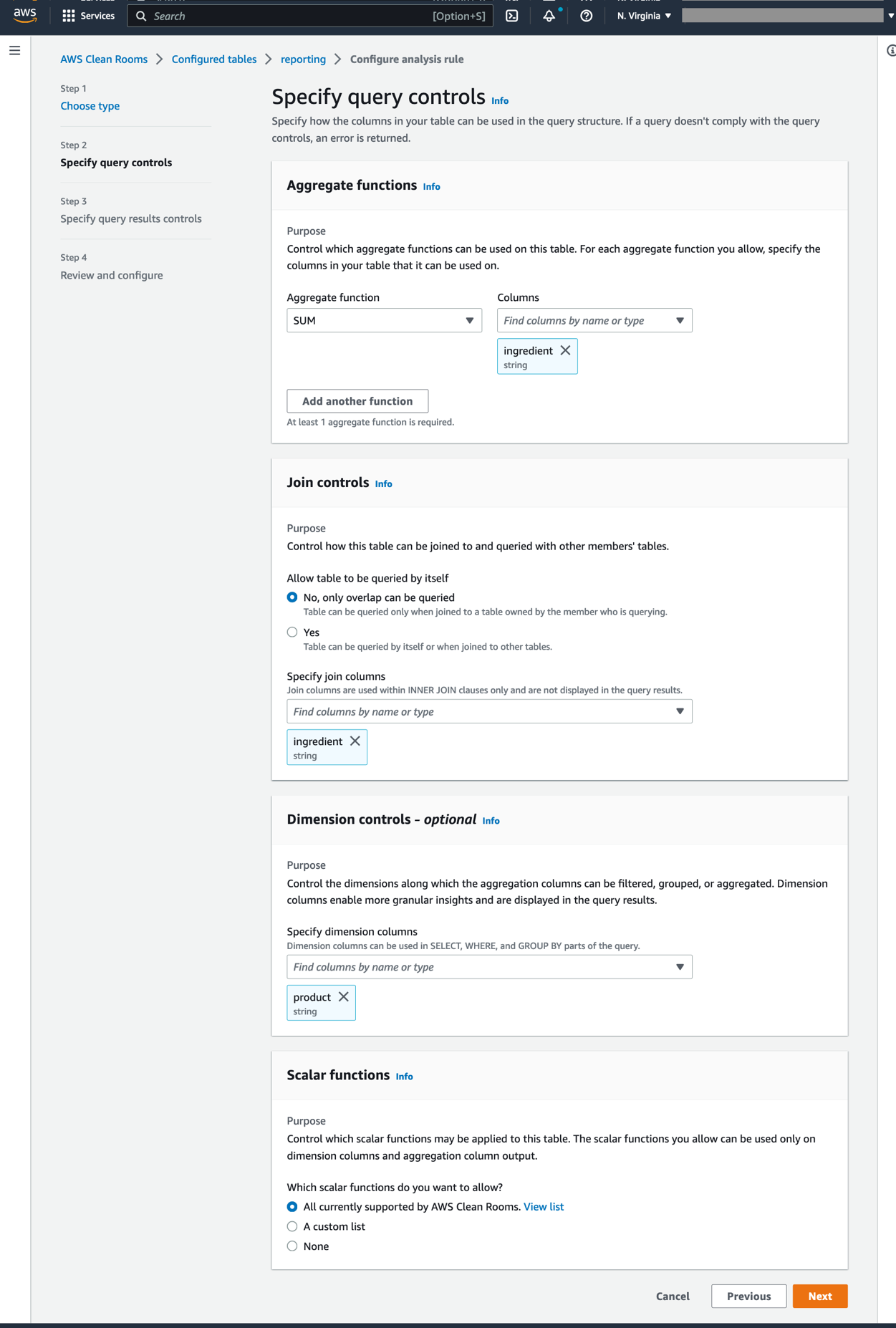
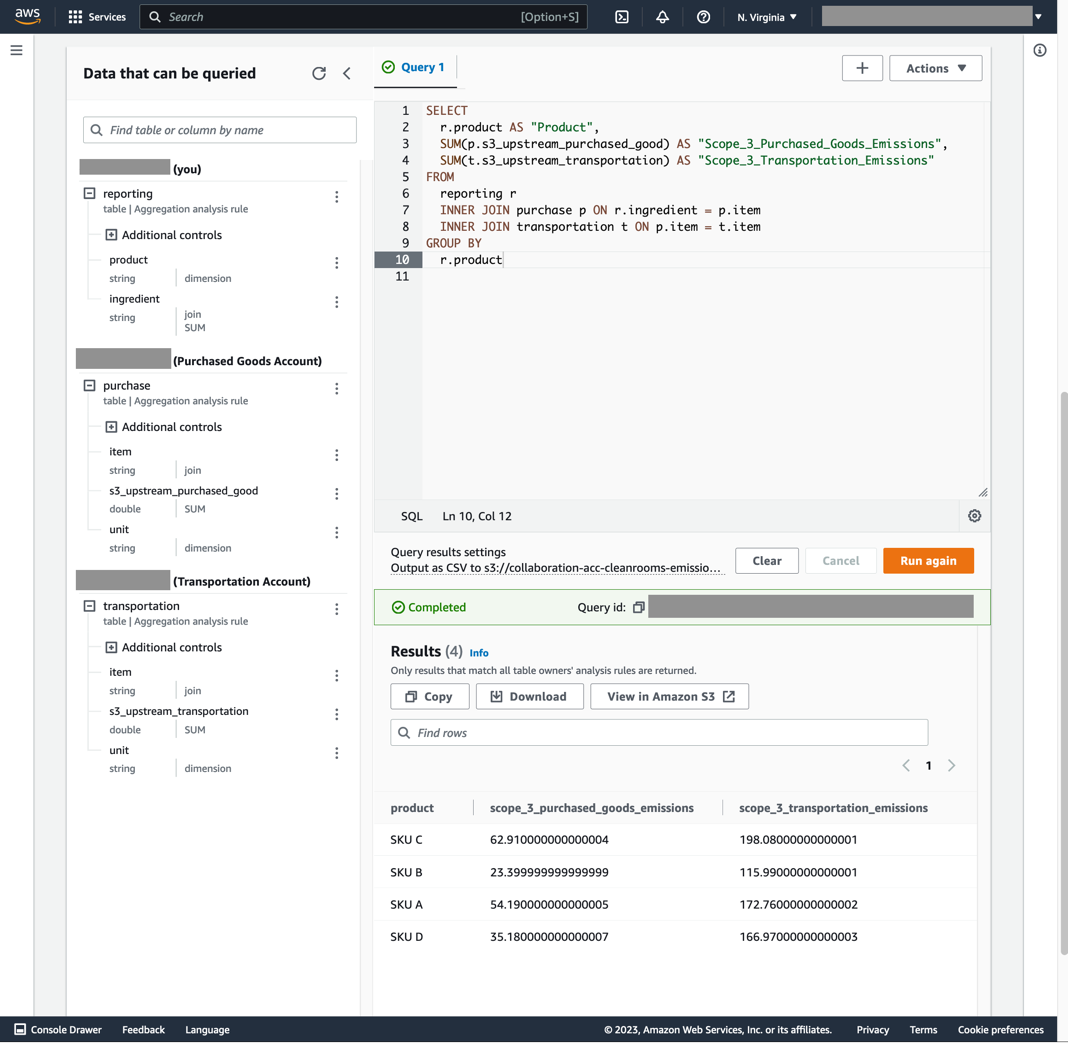














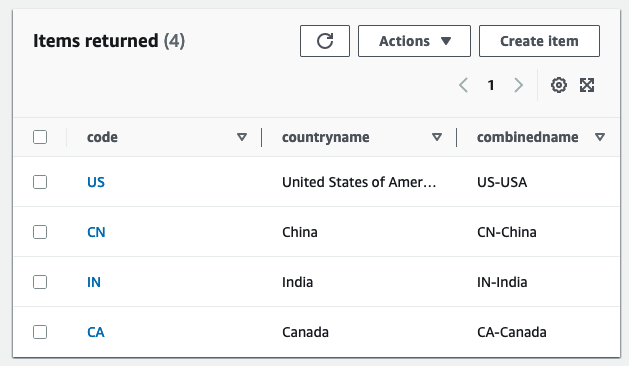


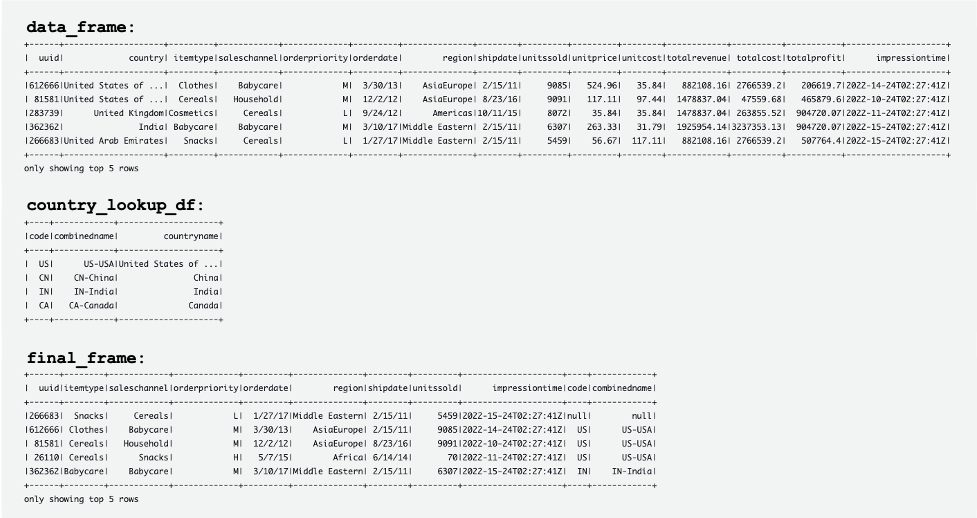

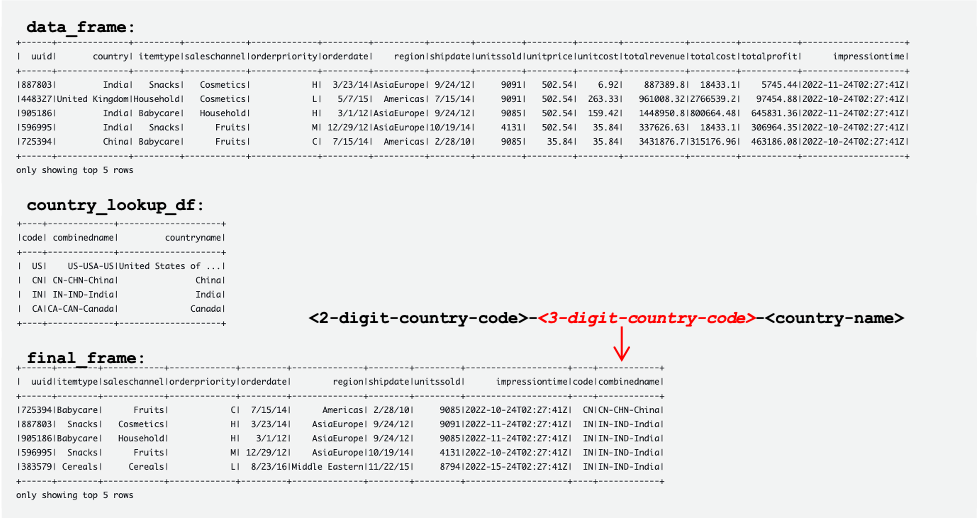


 Manish Kola is a Data Lab Solutions Architect at AWS, where he works closely with customers across various industries to architect cloud-native solutions for their data analytics and AI needs. He partners with customers on their AWS journey to solve their business problems and build scalable prototypes. Before joining AWS, Manish’s experience includes helping customers implement data warehouse, BI, data integration, and data lake projects.
Manish Kola is a Data Lab Solutions Architect at AWS, where he works closely with customers across various industries to architect cloud-native solutions for their data analytics and AI needs. He partners with customers on their AWS journey to solve their business problems and build scalable prototypes. Before joining AWS, Manish’s experience includes helping customers implement data warehouse, BI, data integration, and data lake projects. Santosh Kotagiri is a Solutions Architect at AWS with experience in data analytics and cloud solutions leading to tangible business results. His expertise lies in designing and implementing scalable data analytics solutions for clients across industries, with a focus on cloud-native and open-source services. He is passionate about leveraging technology to drive business growth and solve complex problems.
Santosh Kotagiri is a Solutions Architect at AWS with experience in data analytics and cloud solutions leading to tangible business results. His expertise lies in designing and implementing scalable data analytics solutions for clients across industries, with a focus on cloud-native and open-source services. He is passionate about leveraging technology to drive business growth and solve complex problems. Chiho Sugimoto is a Cloud Support Engineer on the AWS Big Data Support team. She is passionate about helping customers build data lakes using ETL workloads. She loves planetary science and enjoys studying the asteroid Ryugu on weekends.
Chiho Sugimoto is a Cloud Support Engineer on the AWS Big Data Support team. She is passionate about helping customers build data lakes using ETL workloads. She loves planetary science and enjoys studying the asteroid Ryugu on weekends. Noritaka Sekiyama is a Principal Big Data Architect on the AWS Glue team. He is responsible for building software artifacts to help customers. In his spare time, he enjoys cycling with his new road bike.
Noritaka Sekiyama is a Principal Big Data Architect on the AWS Glue team. He is responsible for building software artifacts to help customers. In his spare time, he enjoys cycling with his new road bike.
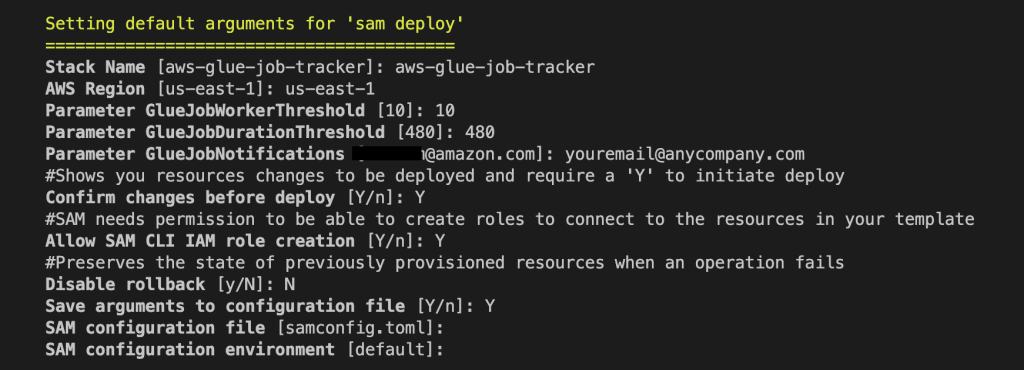


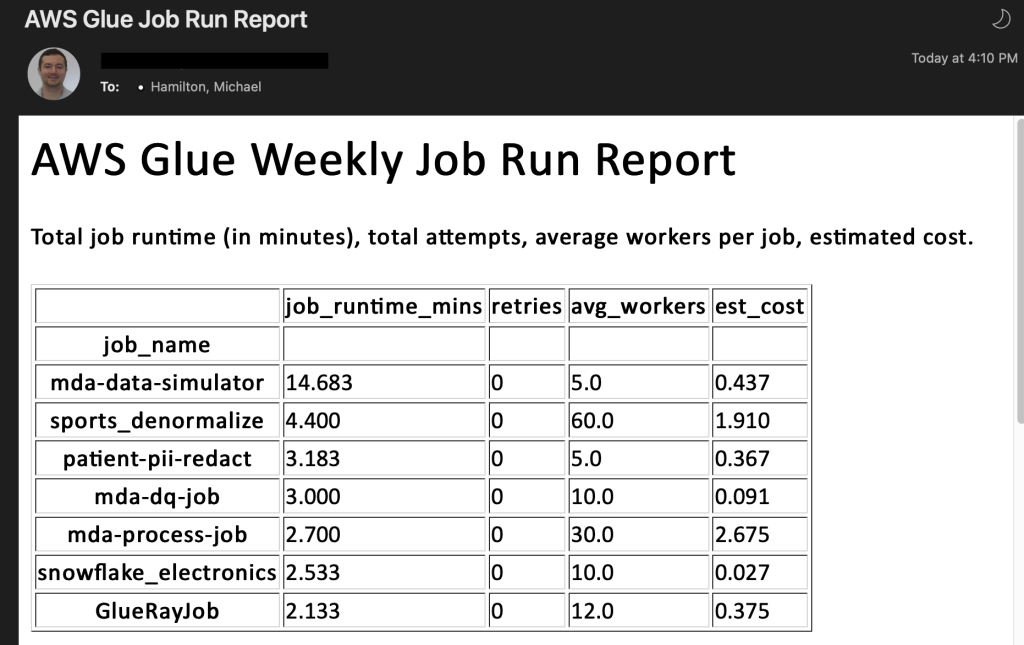
 Michael Hamilton is a Sr Analytics Solutions Architect focusing on helping enterprise customers in the south east modernize and simplify their analytics workloads on AWS. He enjoys mountain biking and spending time with his wife and three children when not working.
Michael Hamilton is a Sr Analytics Solutions Architect focusing on helping enterprise customers in the south east modernize and simplify their analytics workloads on AWS. He enjoys mountain biking and spending time with his wife and three children when not working. Angus Ferguson is a Solutions Architect at AWS who is passionate about meeting customers across the world, helping them solve their technical challenges. Angus specializes in Data & Analytics with a focus on customers in the financial services industry.
Angus Ferguson is a Solutions Architect at AWS who is passionate about meeting customers across the world, helping them solve their technical challenges. Angus specializes in Data & Analytics with a focus on customers in the financial services industry.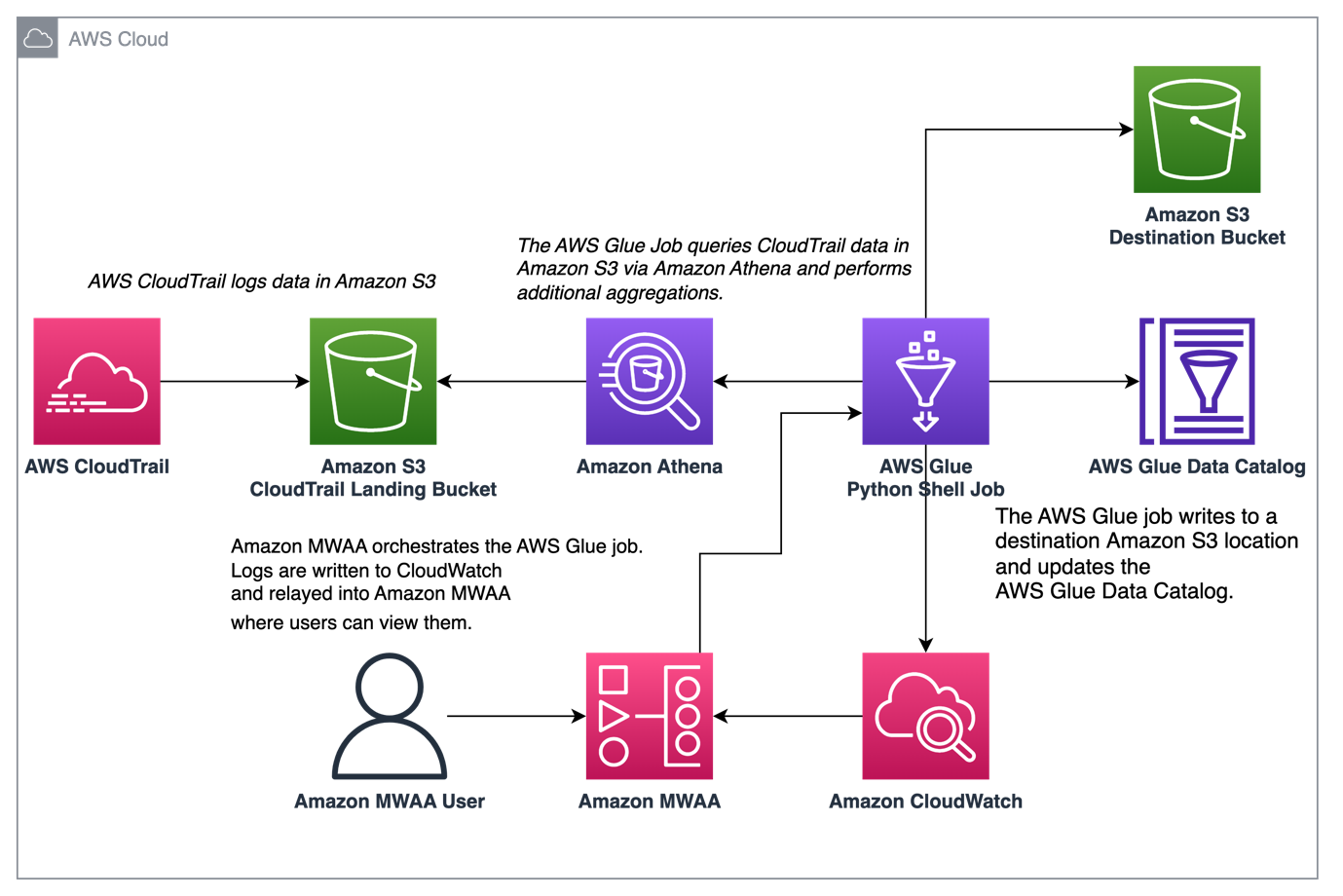









 Rushabh Lokhande is a Data & ML Engineer with the AWS Professional Services Analytics Practice. He helps customers implement big data, machine learning, and analytics solutions. Outside of work, he enjoys spending time with family, reading, running, and golf.
Rushabh Lokhande is a Data & ML Engineer with the AWS Professional Services Analytics Practice. He helps customers implement big data, machine learning, and analytics solutions. Outside of work, he enjoys spending time with family, reading, running, and golf. Ryan Gomes is a Data & ML Engineer with the AWS Professional Services Analytics Practice. He is passionate about helping customers achieve better outcomes through analytics and machine learning solutions in the cloud. Outside of work, he enjoys fitness, cooking, and spending quality time with friends and family.
Ryan Gomes is a Data & ML Engineer with the AWS Professional Services Analytics Practice. He is passionate about helping customers achieve better outcomes through analytics and machine learning solutions in the cloud. Outside of work, he enjoys fitness, cooking, and spending quality time with friends and family. Vishwa Gupta is a Senior Data Architect with the AWS Professional Services Analytics Practice. He helps customers implement big data and analytics solutions. Outside of work, he enjoys spending time with family, traveling, and trying new food.
Vishwa Gupta is a Senior Data Architect with the AWS Professional Services Analytics Practice. He helps customers implement big data and analytics solutions. Outside of work, he enjoys spending time with family, traveling, and trying new food.